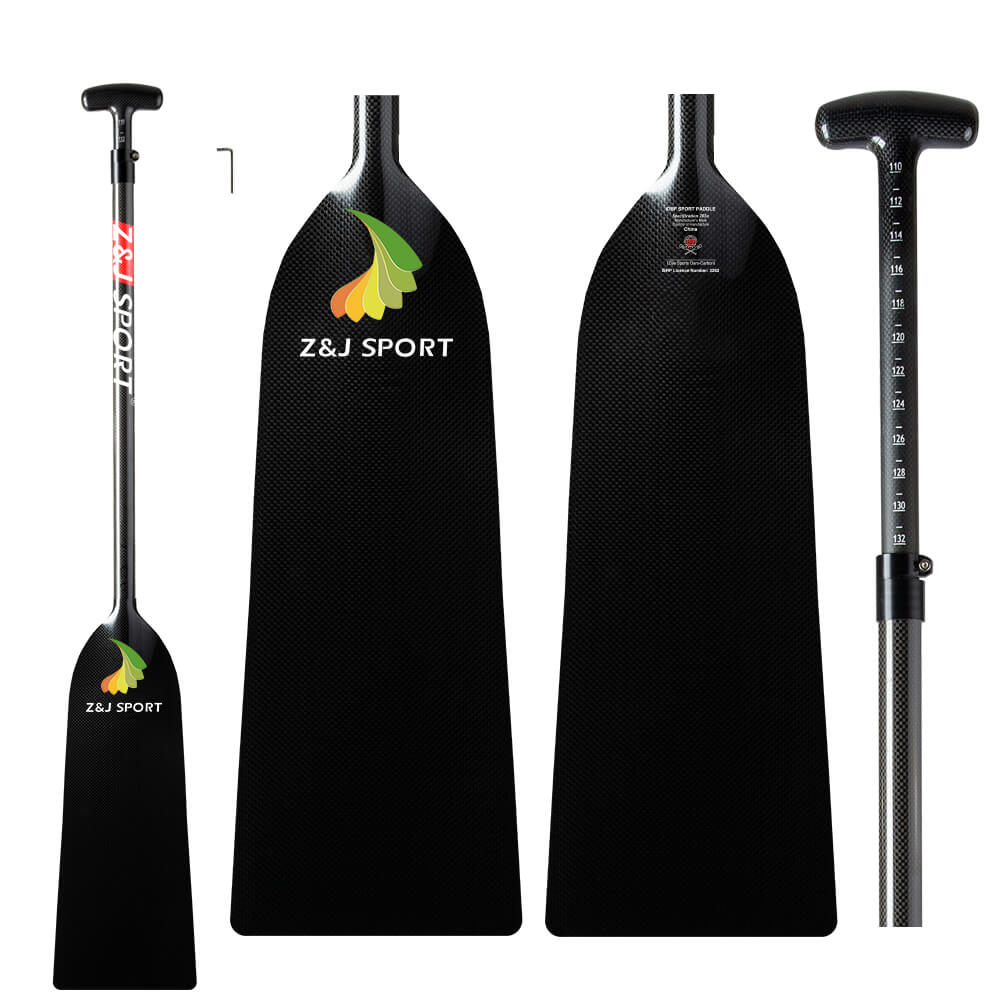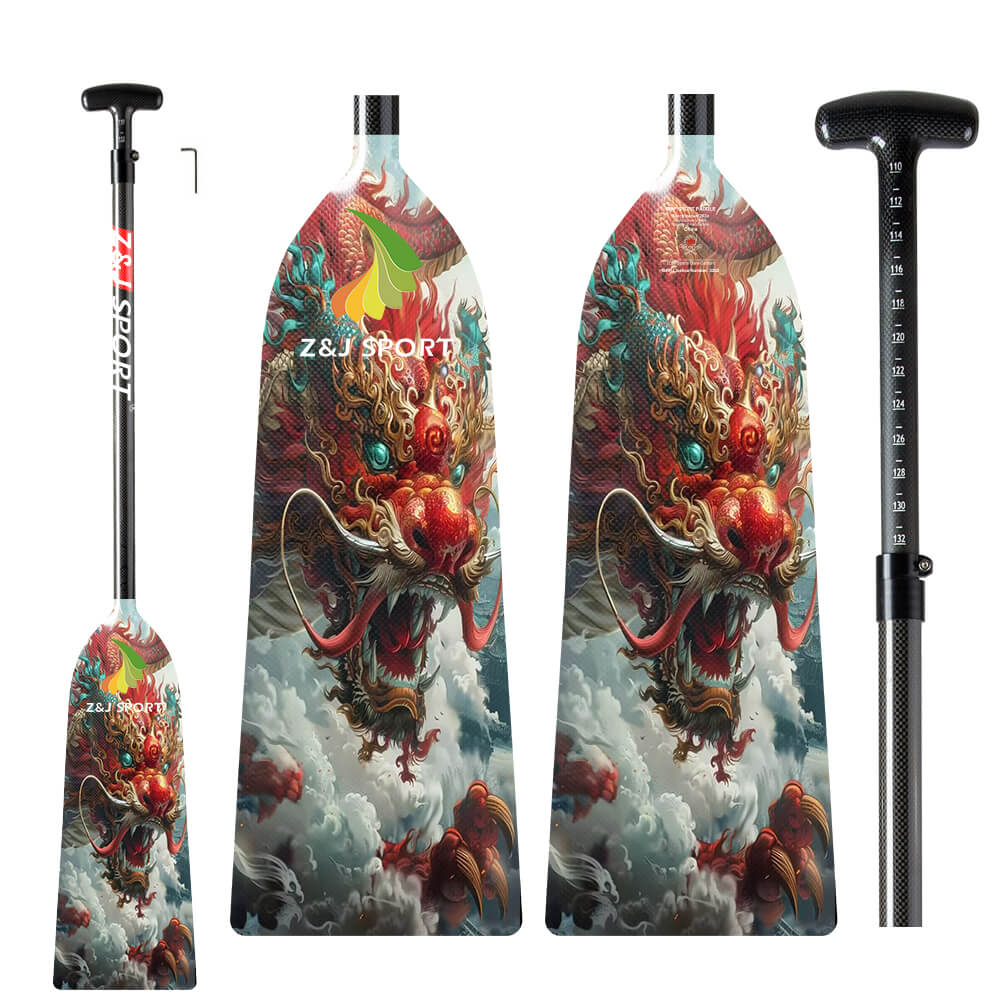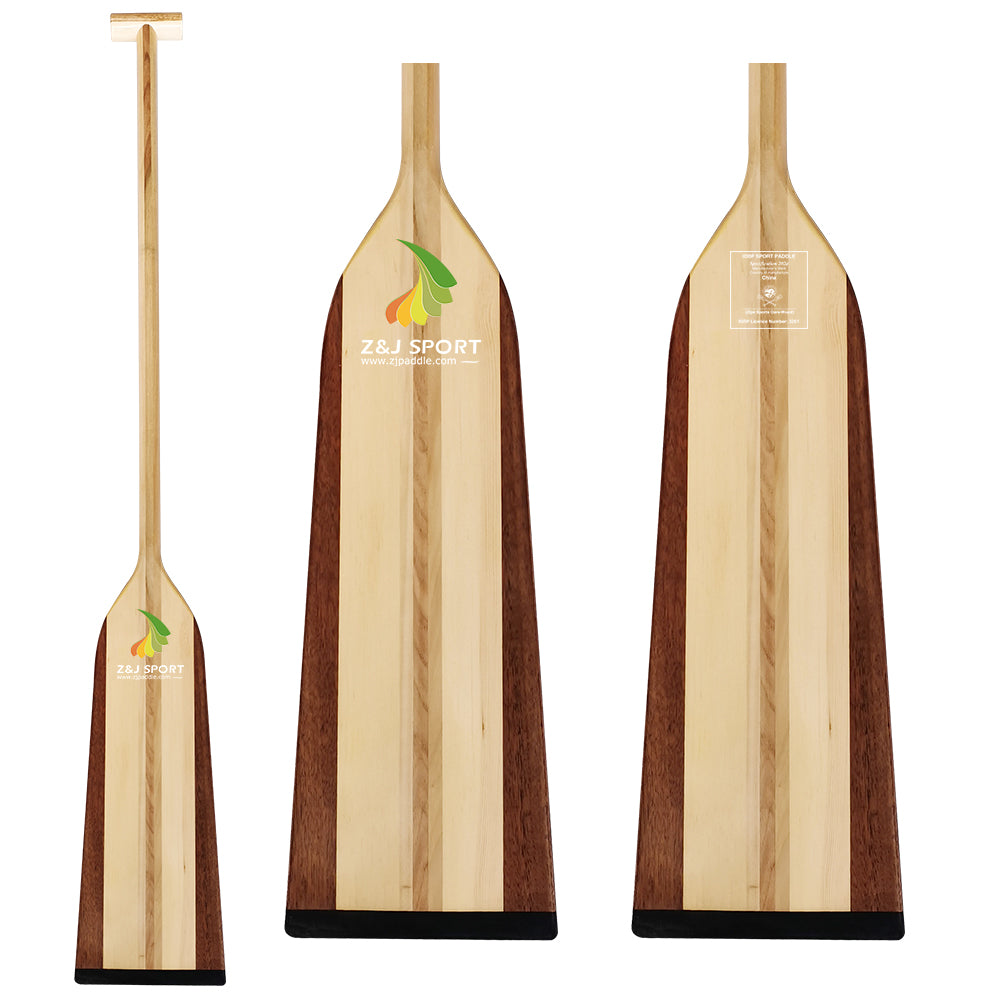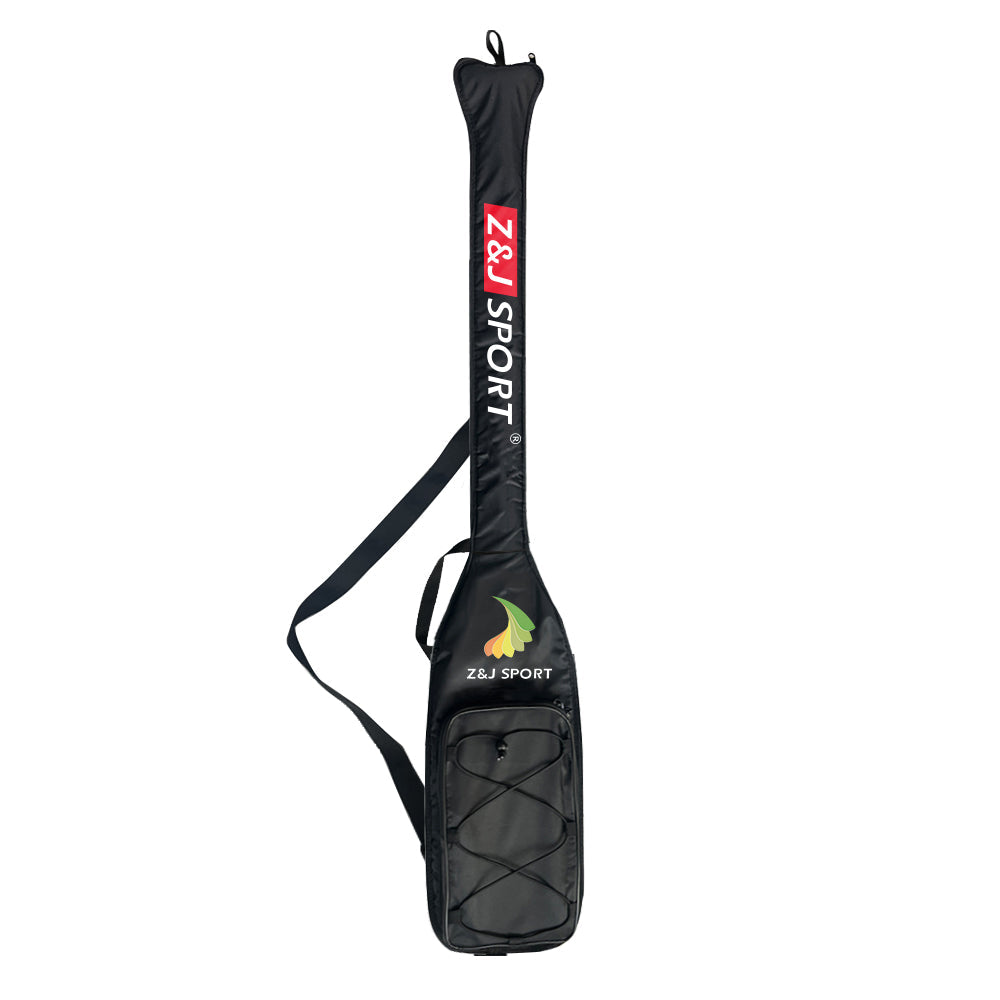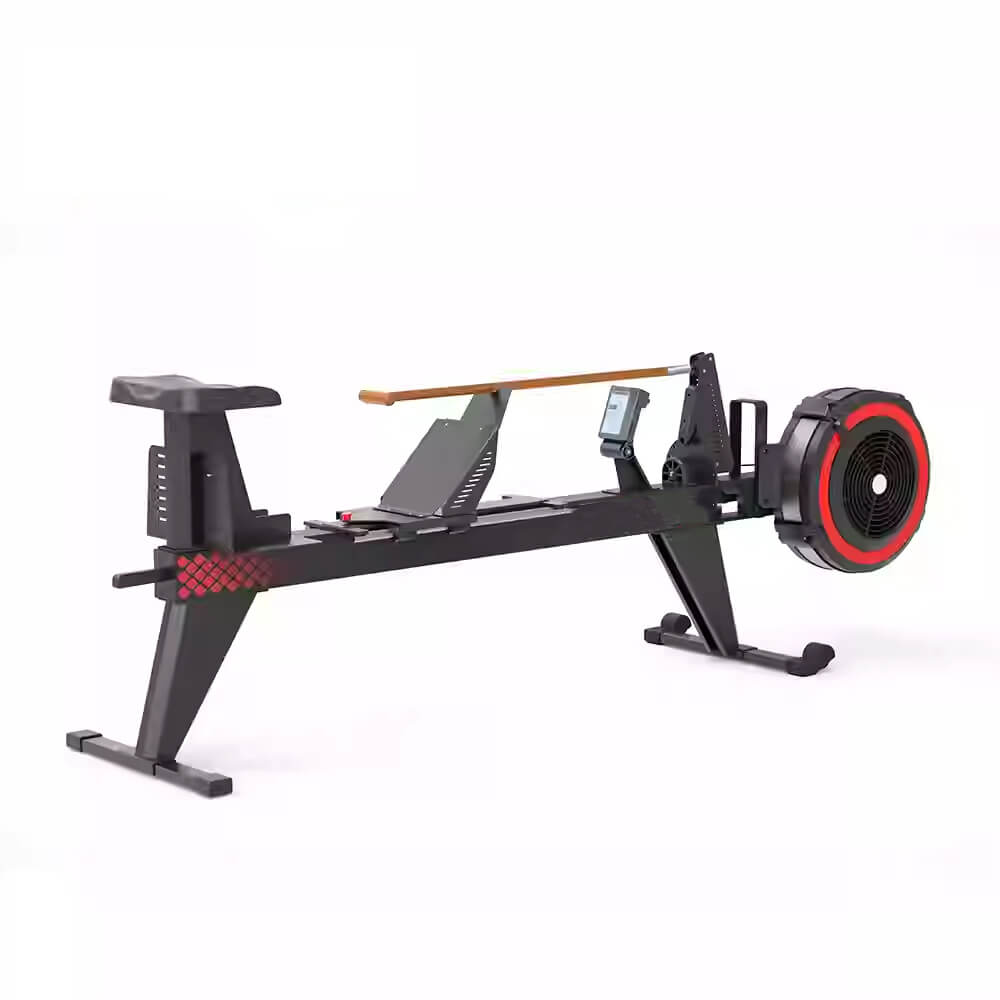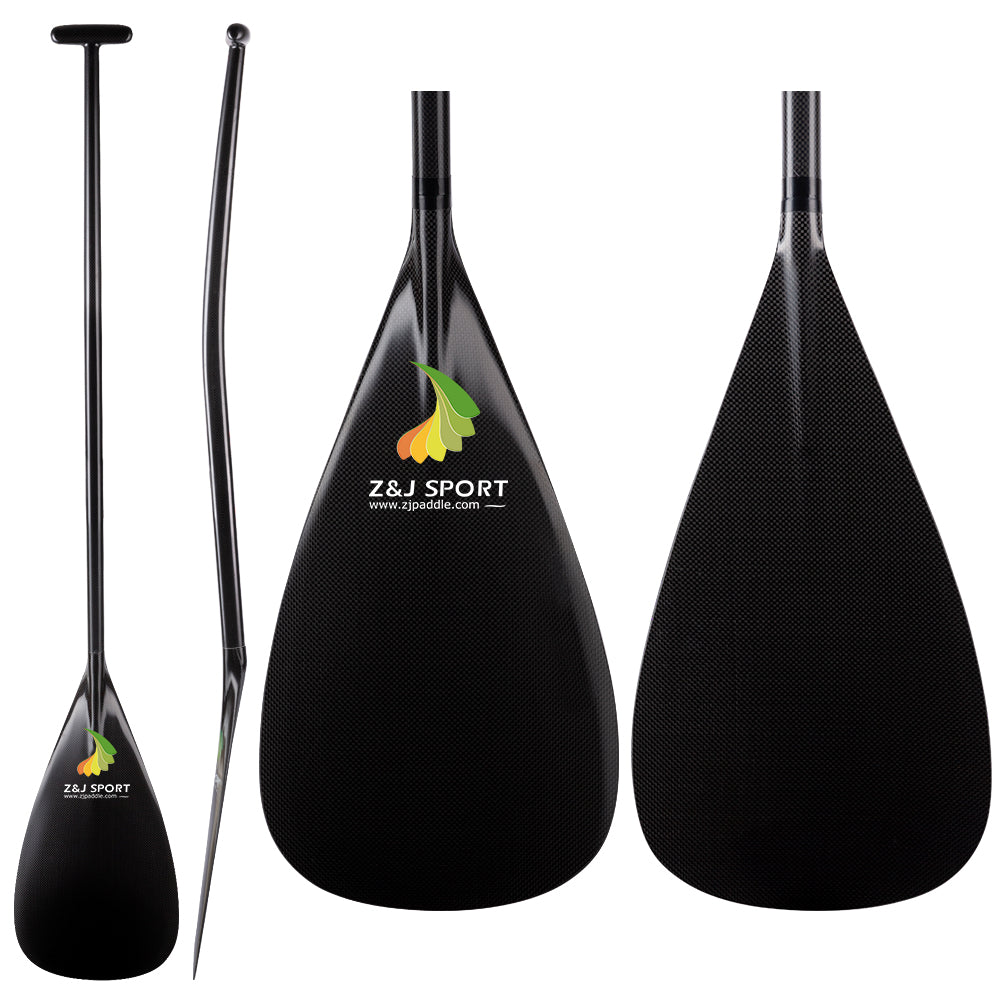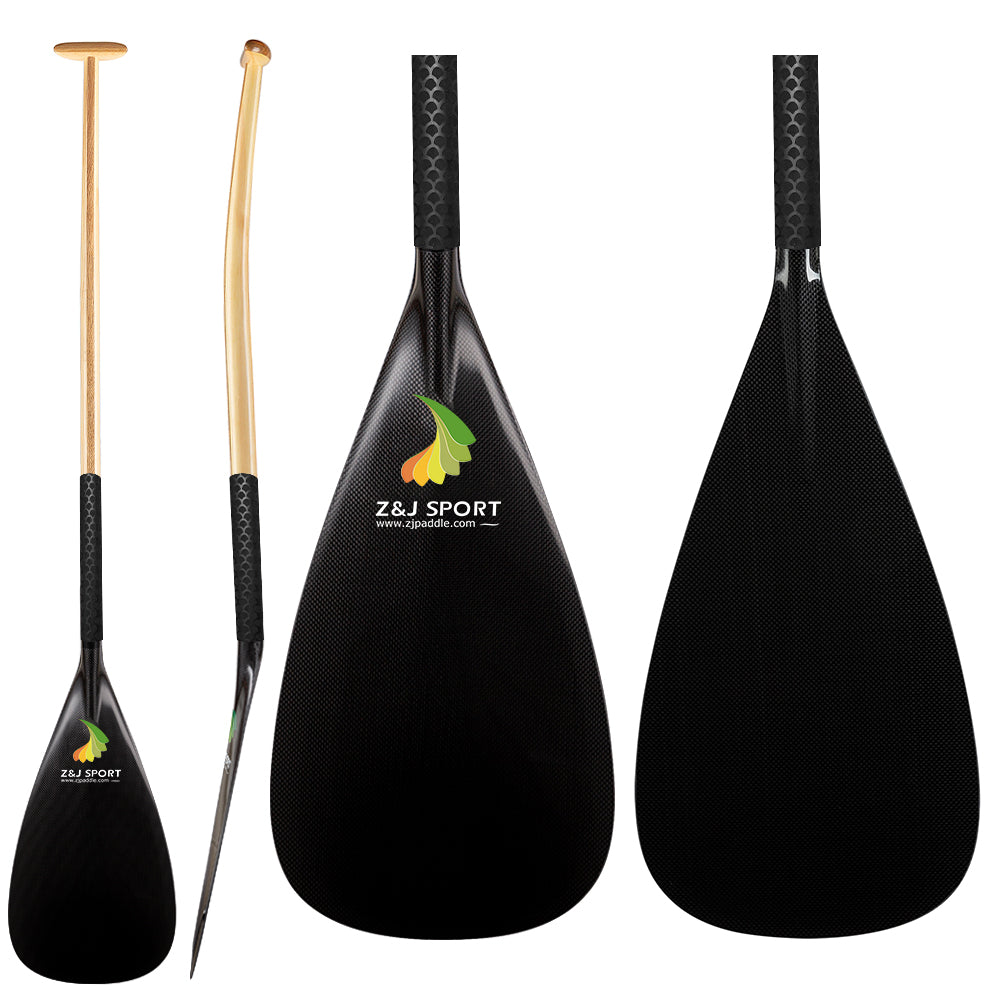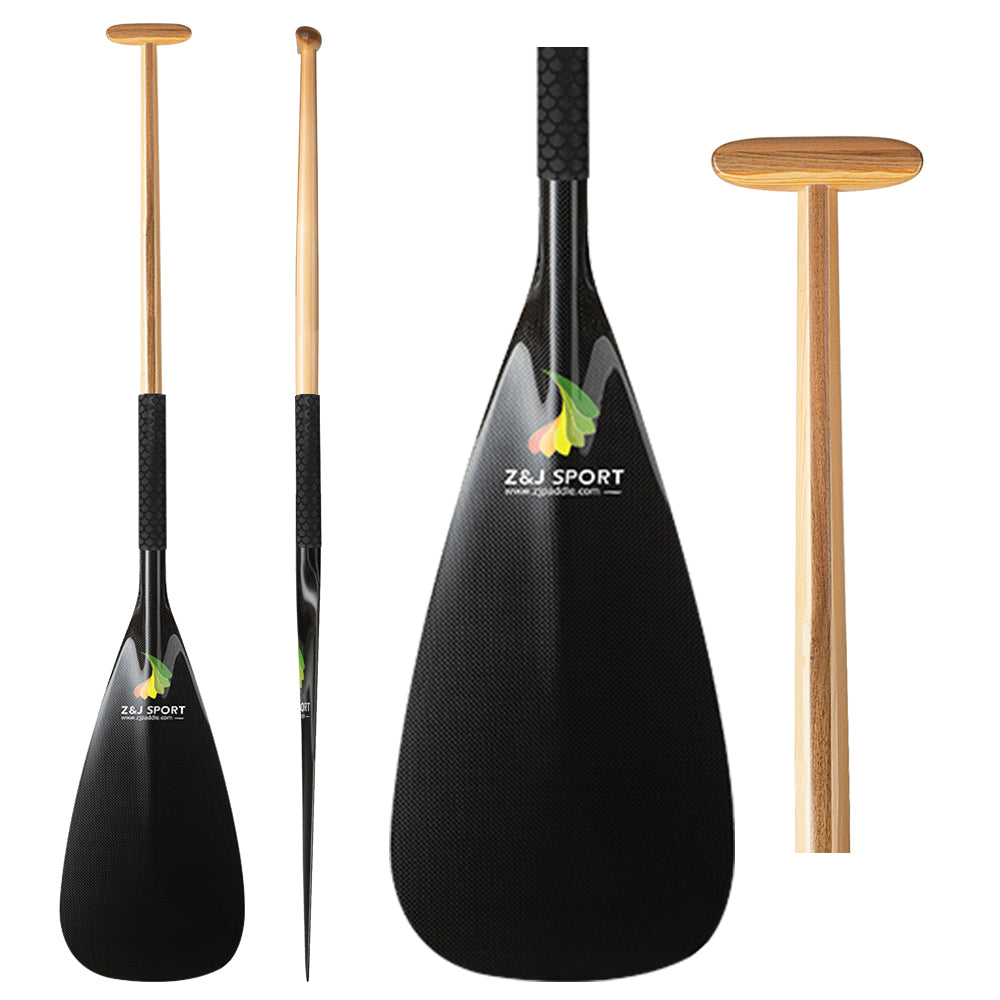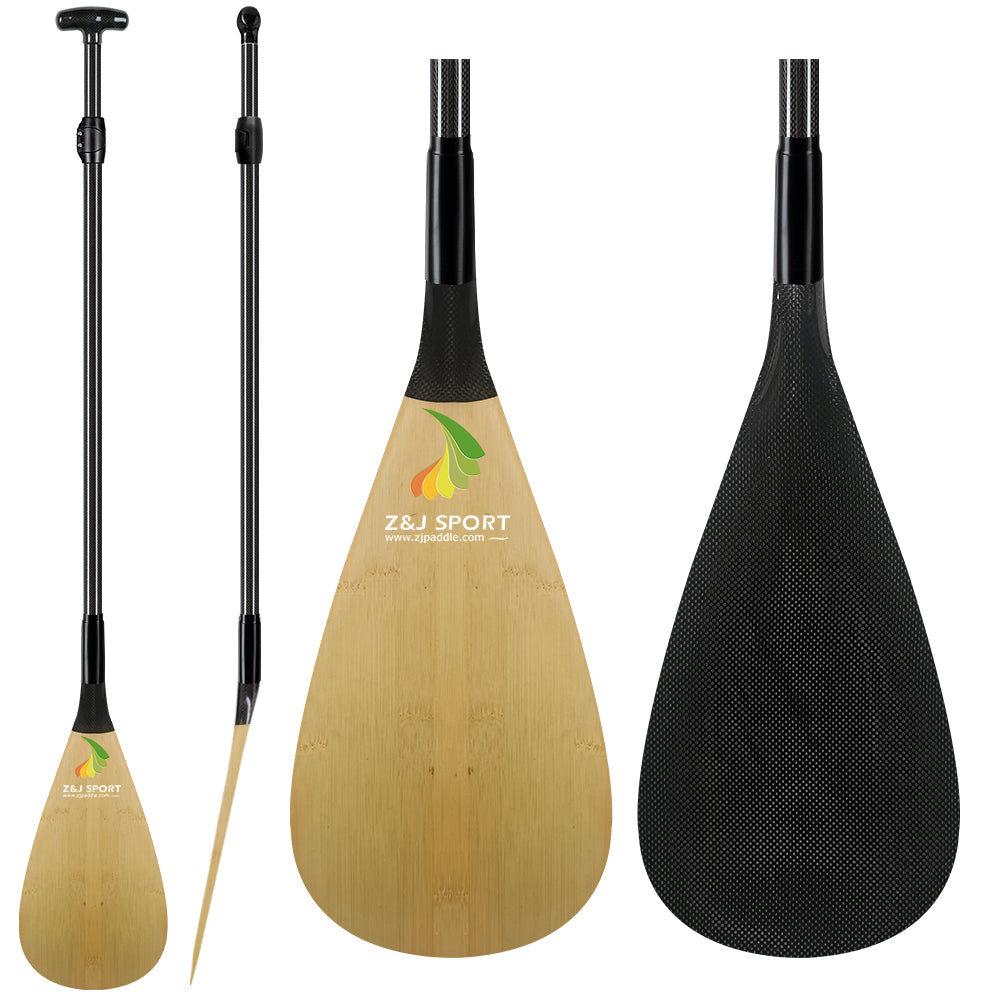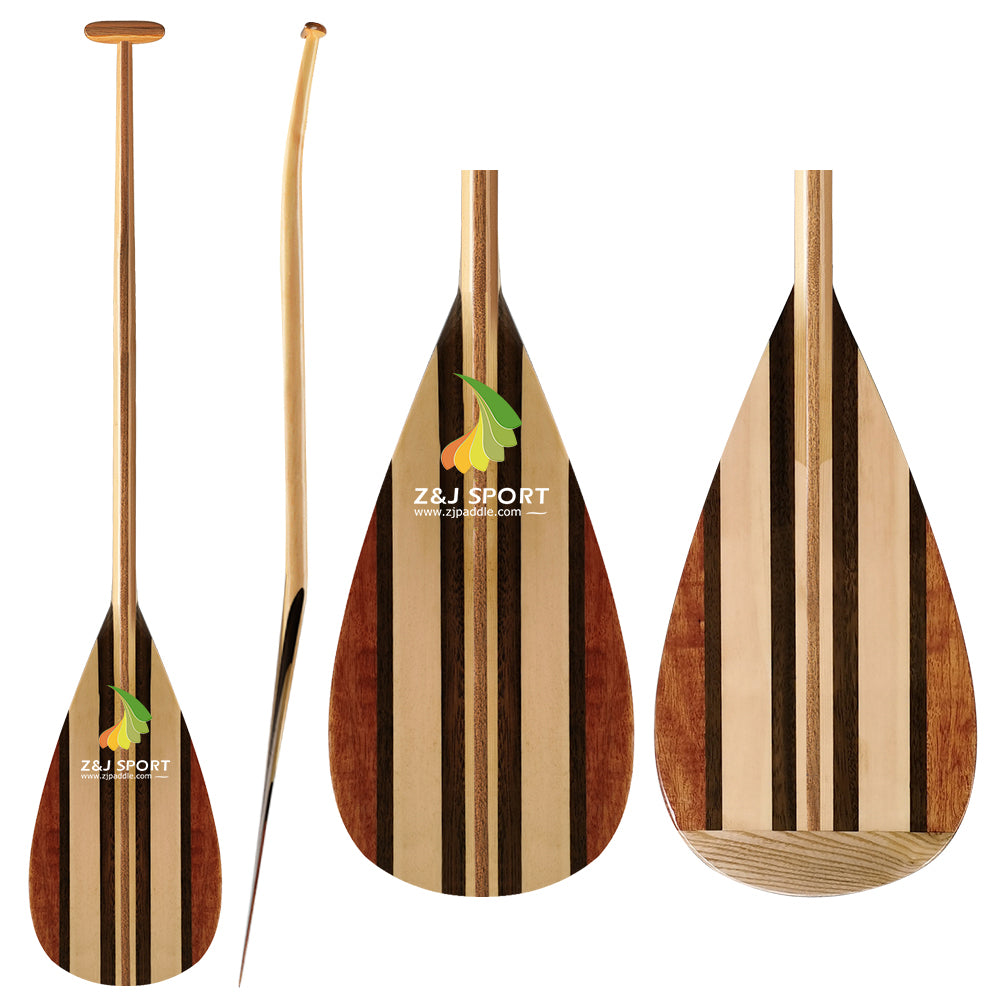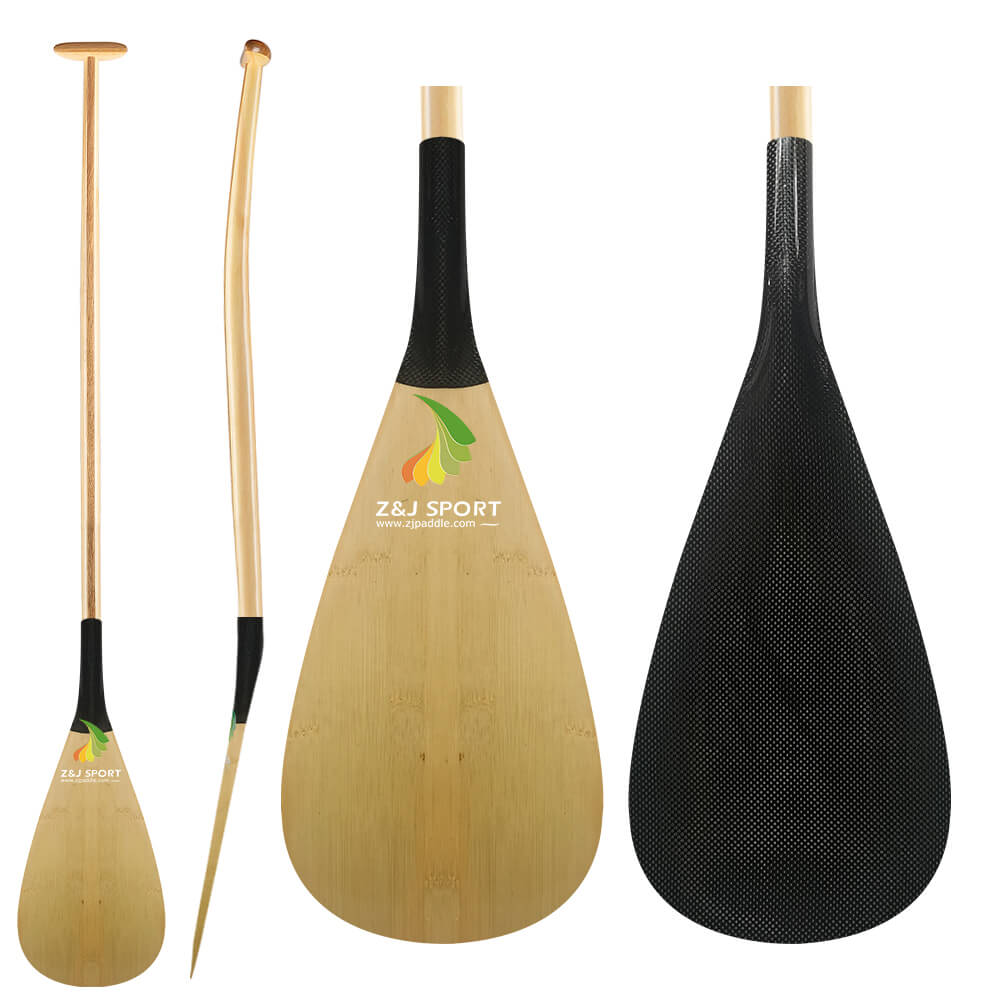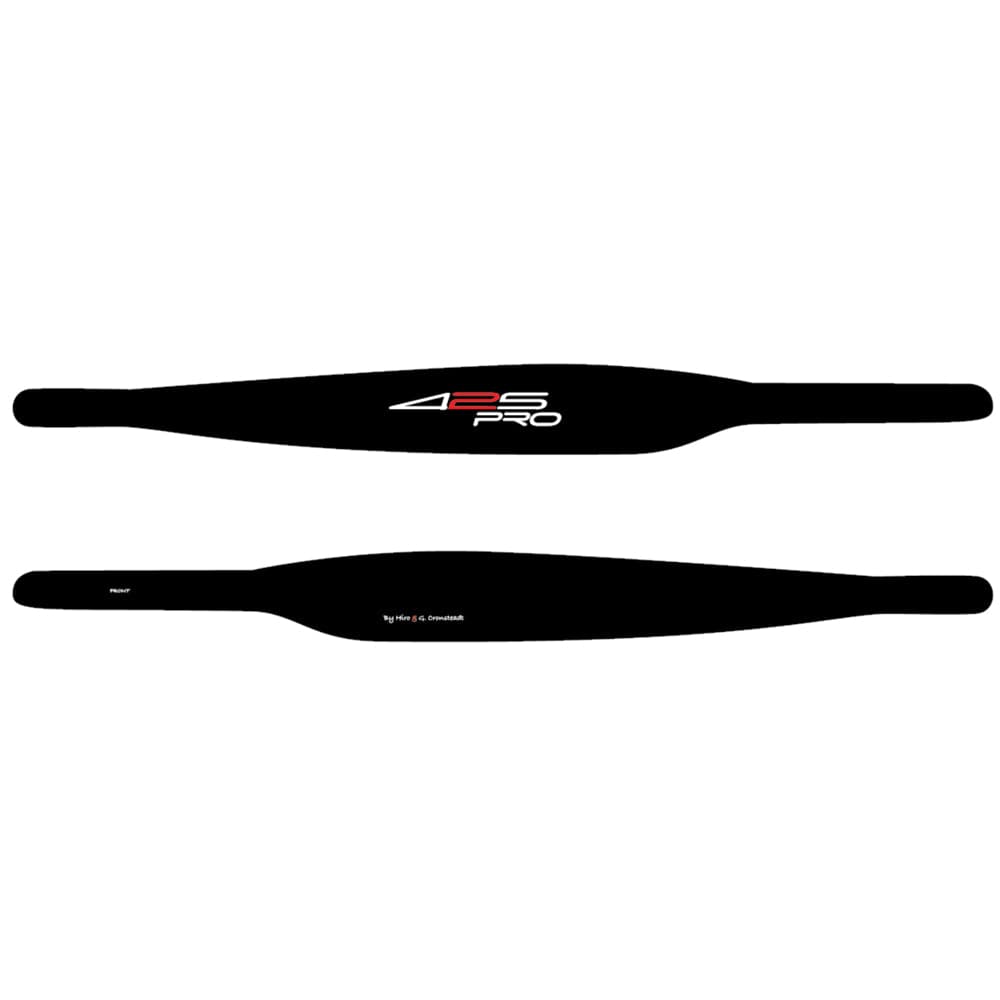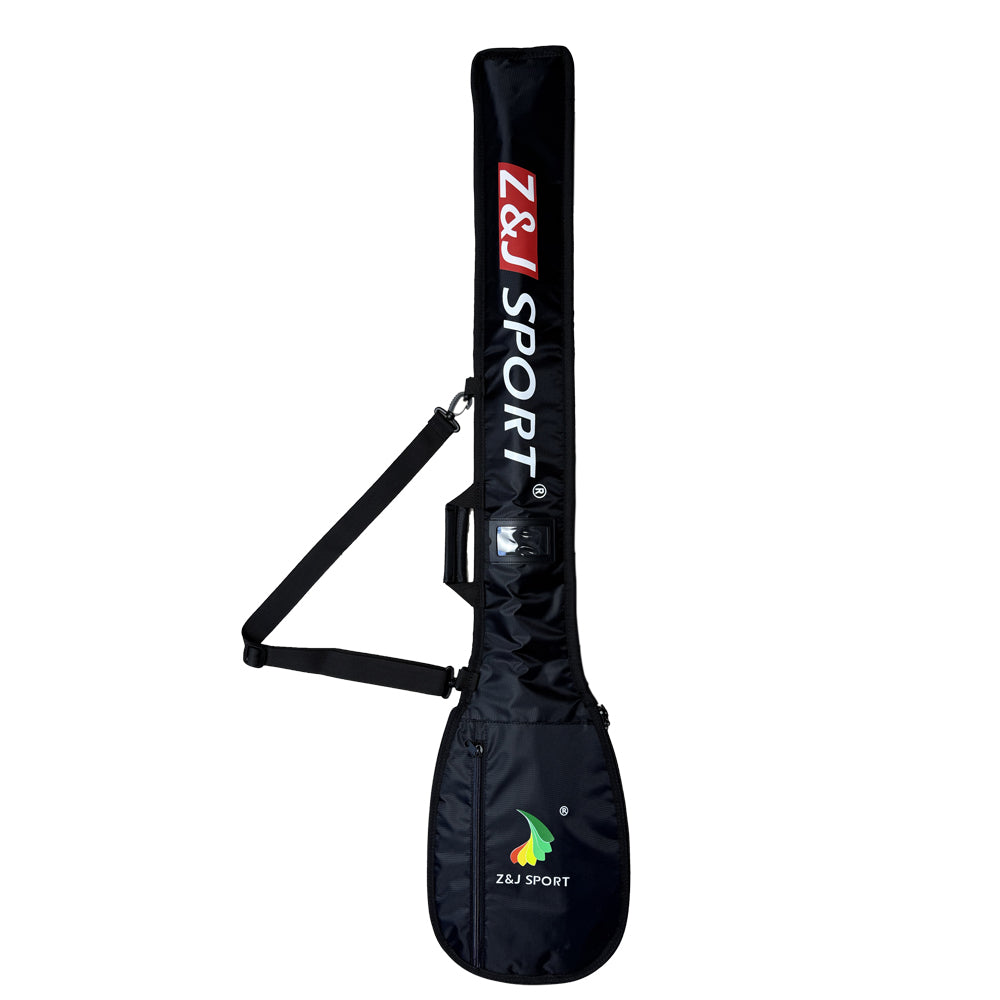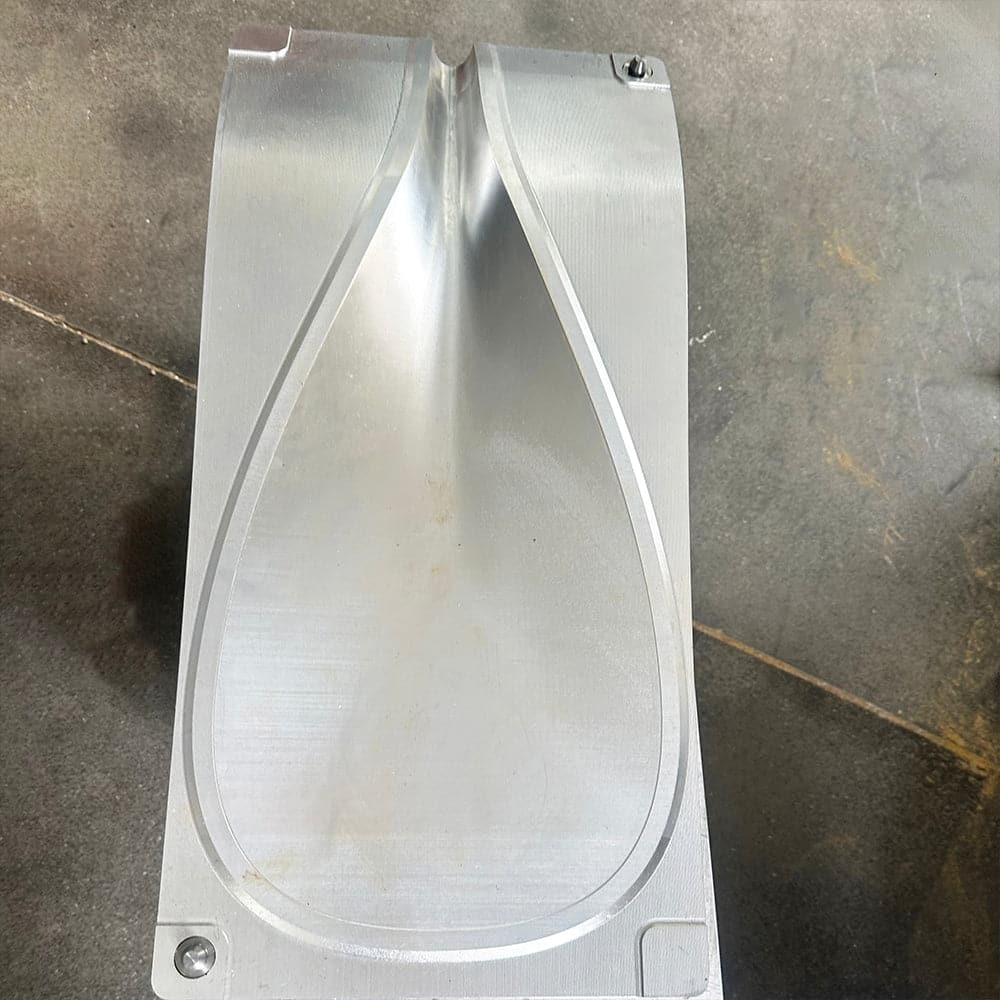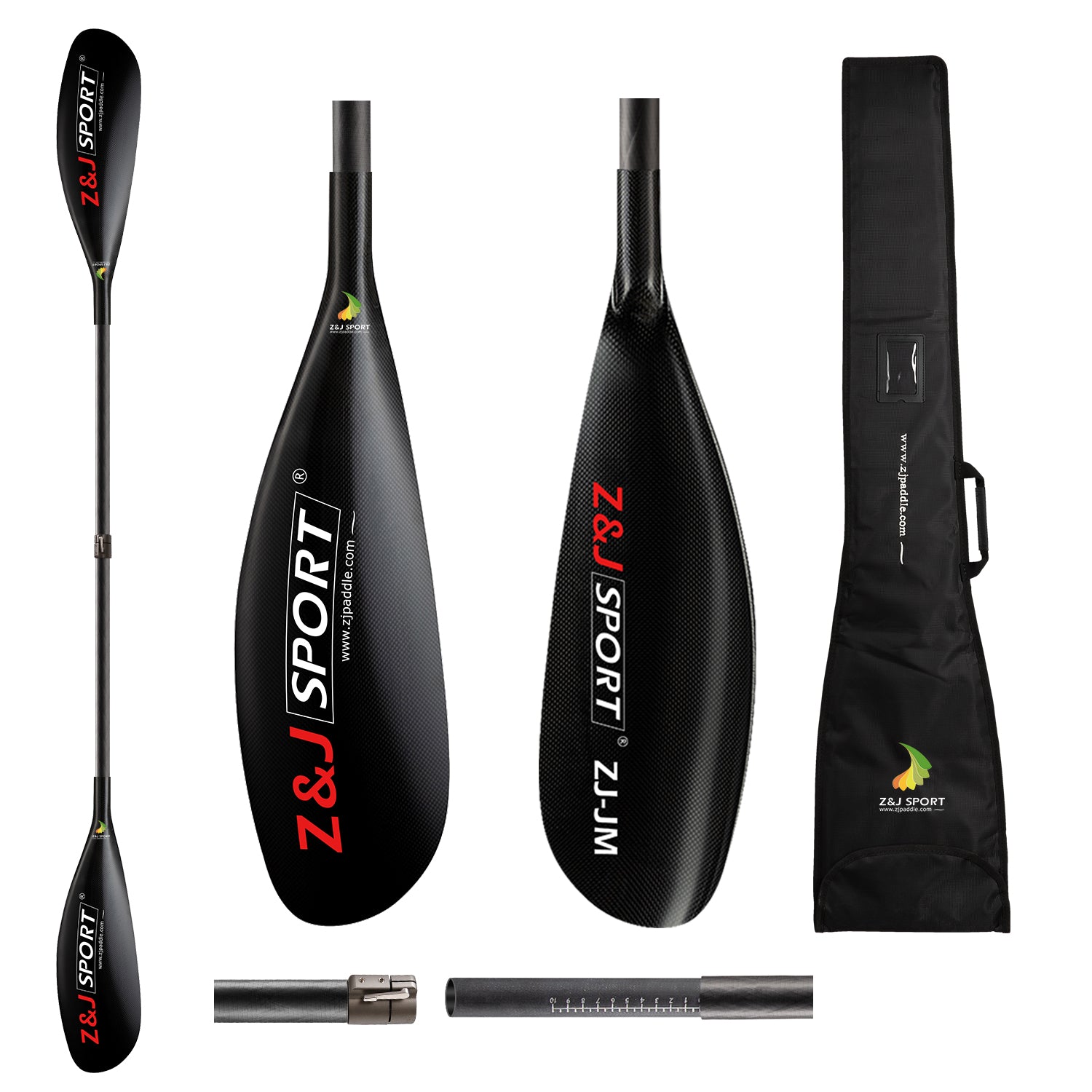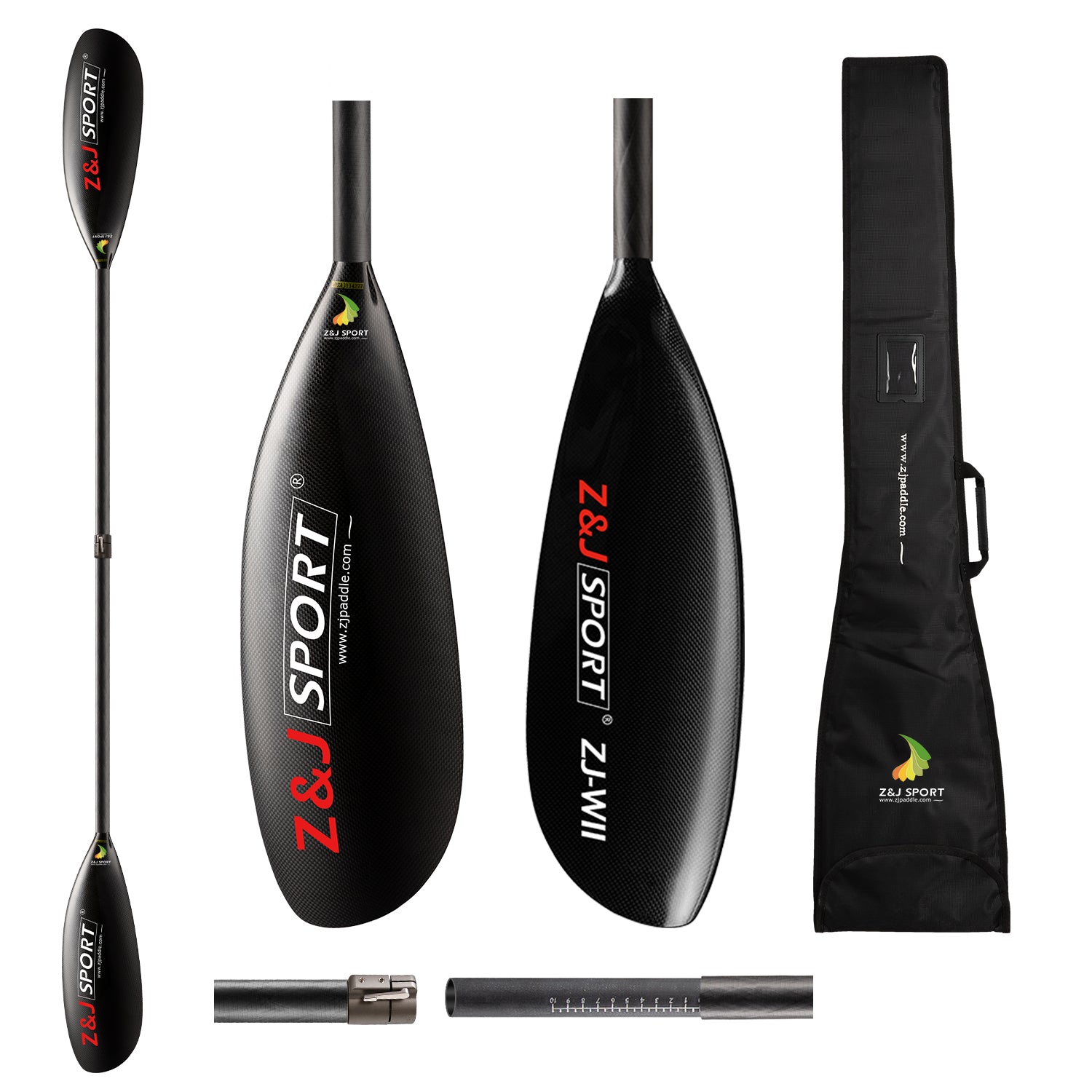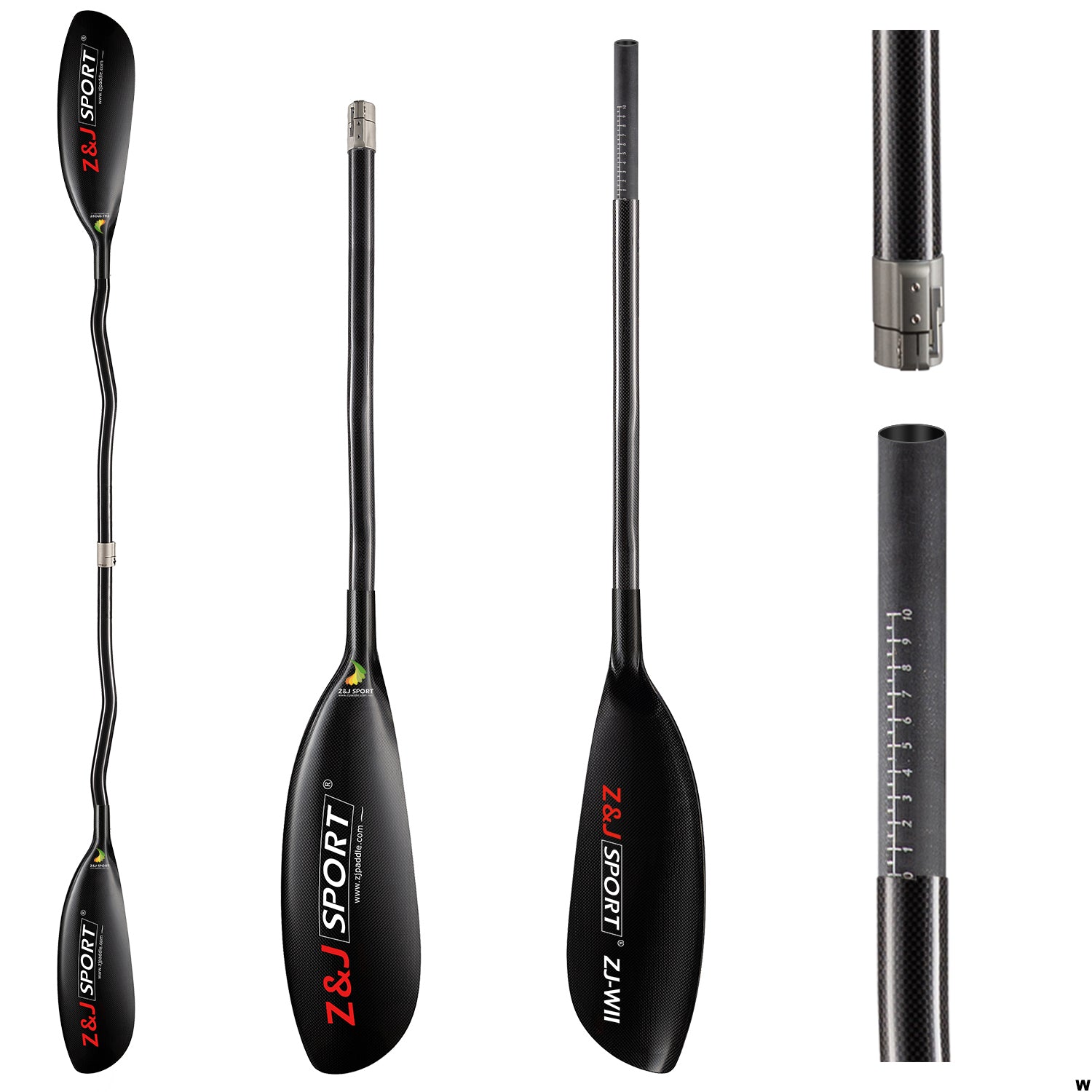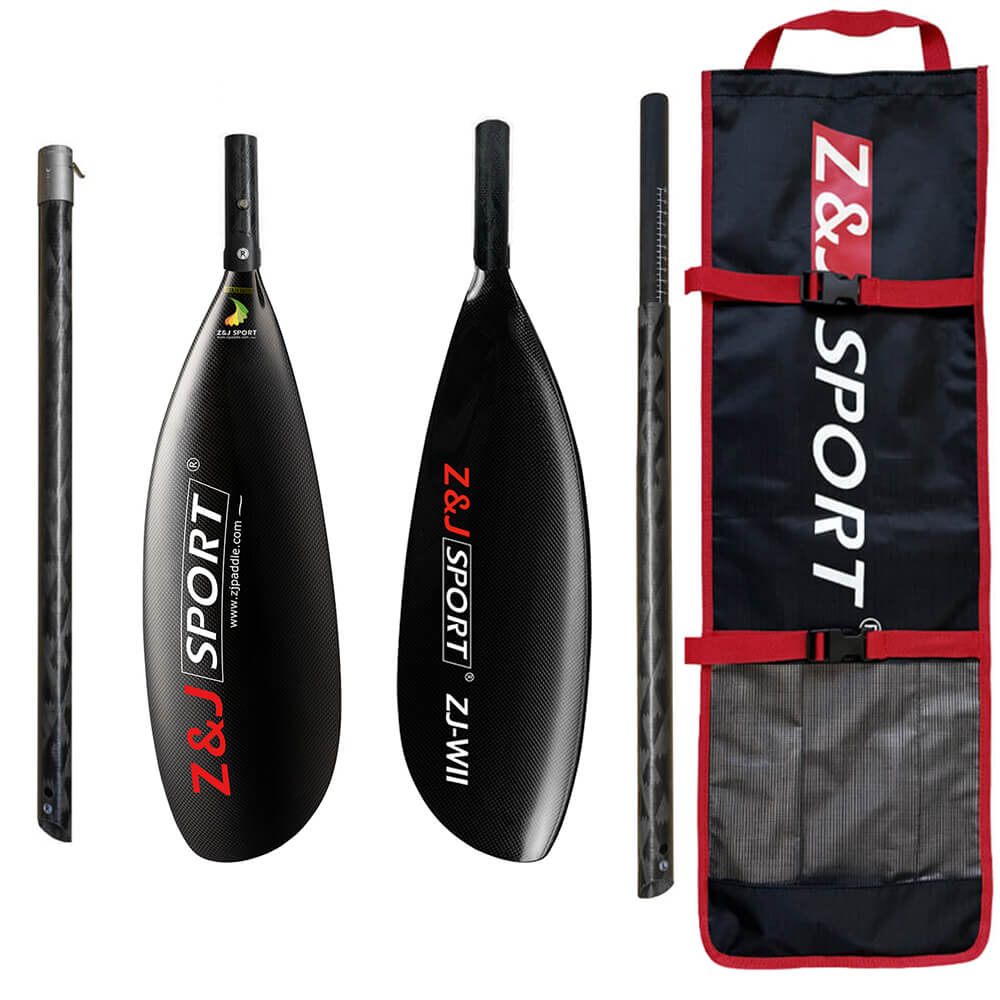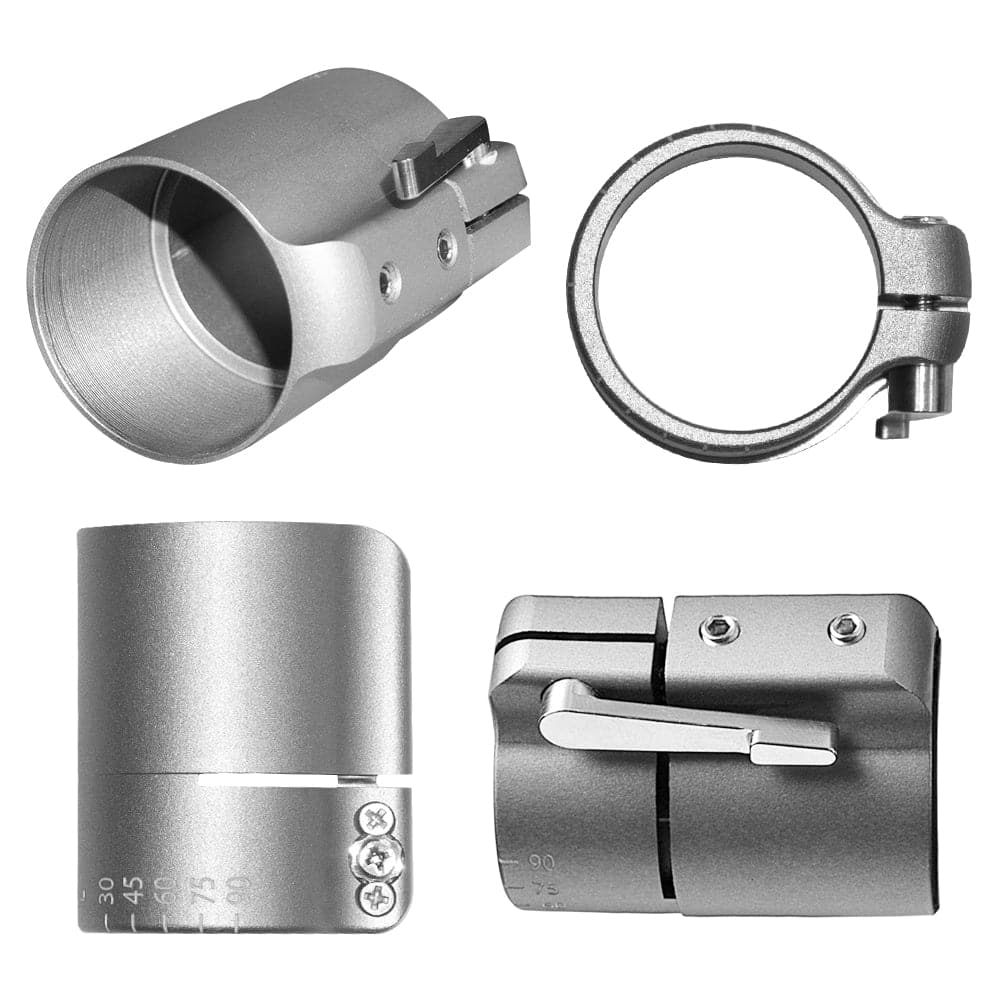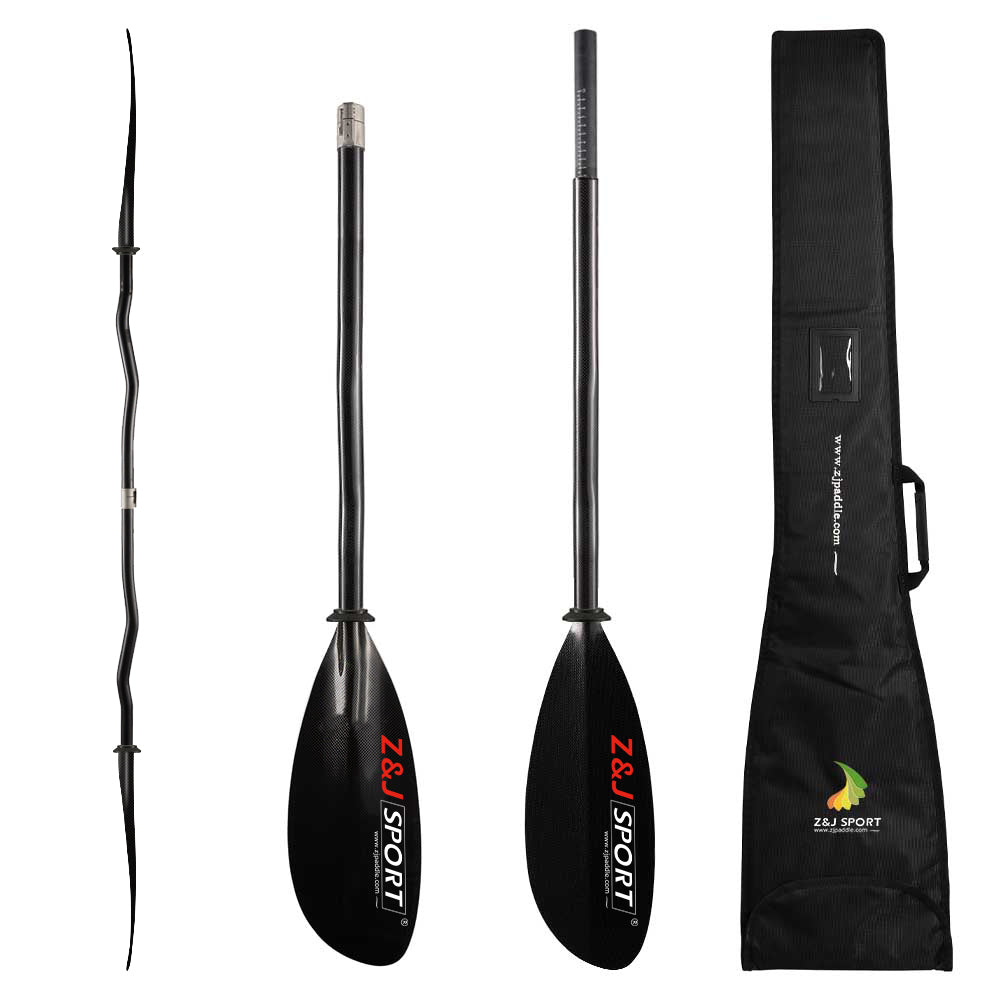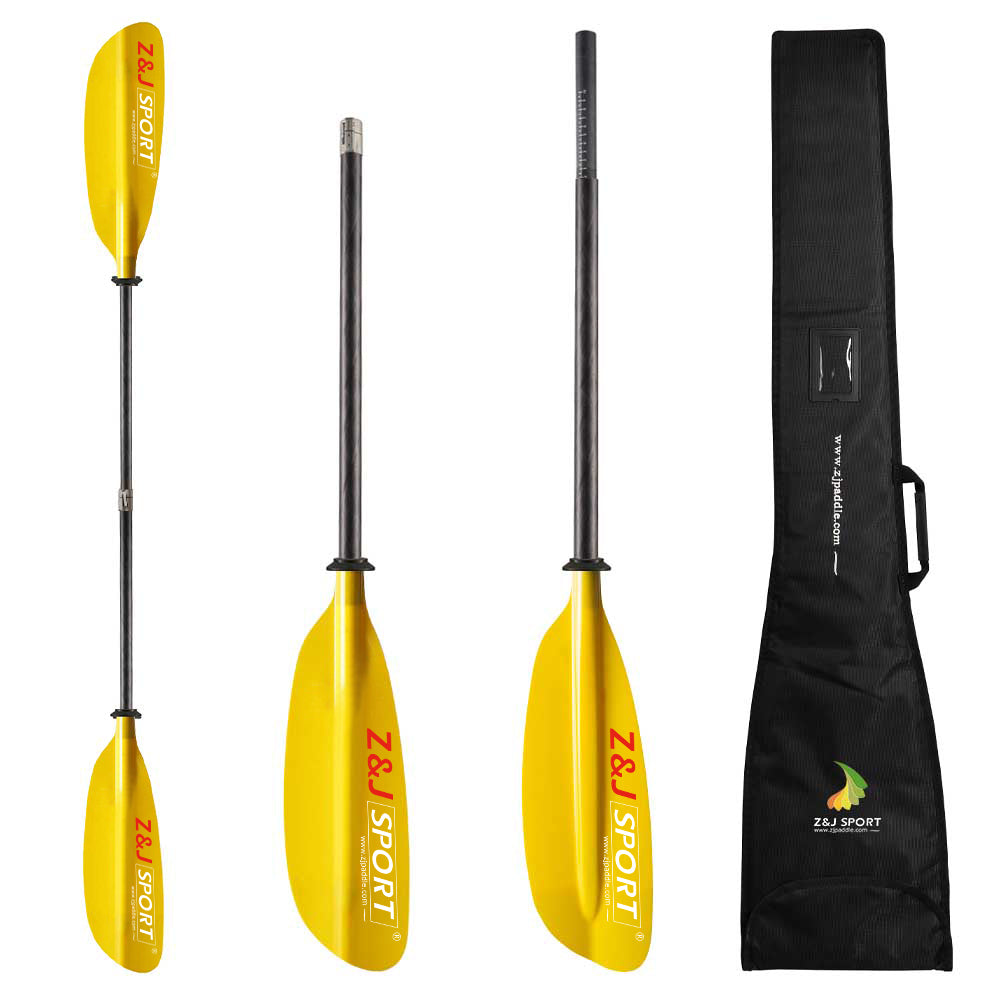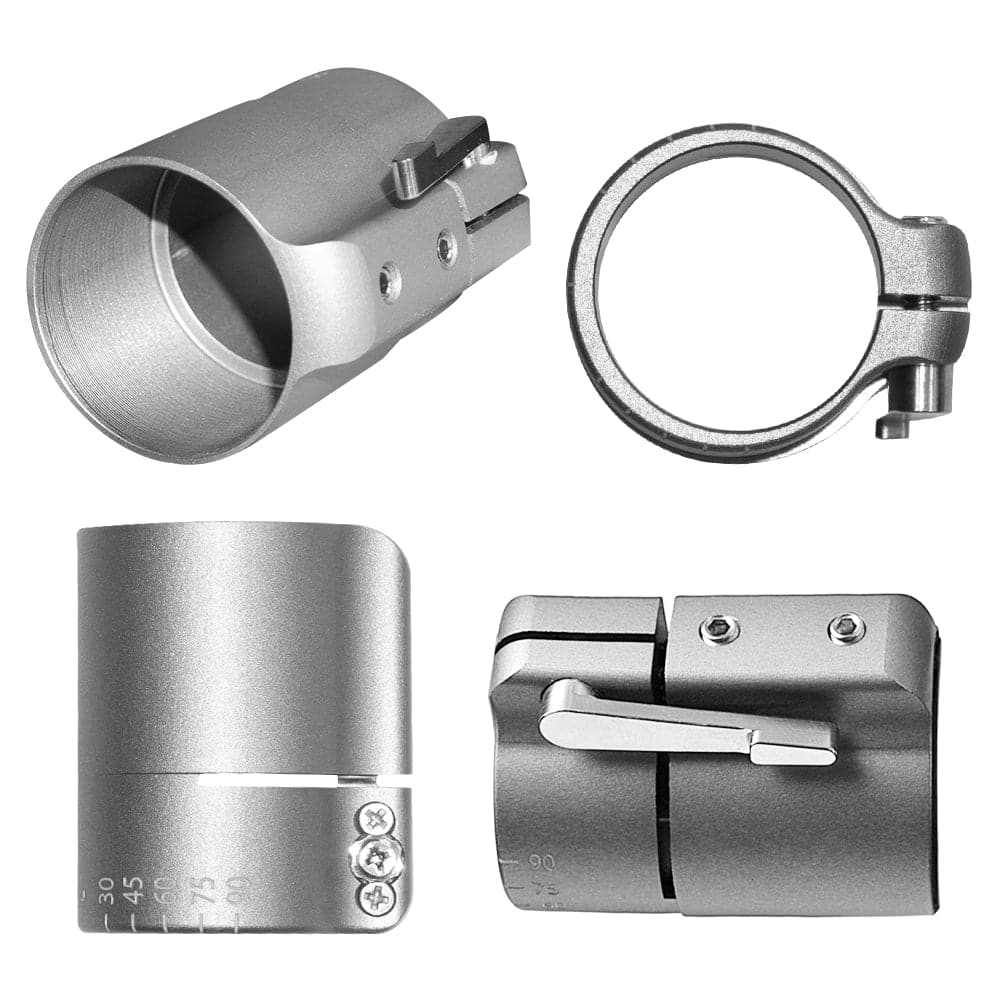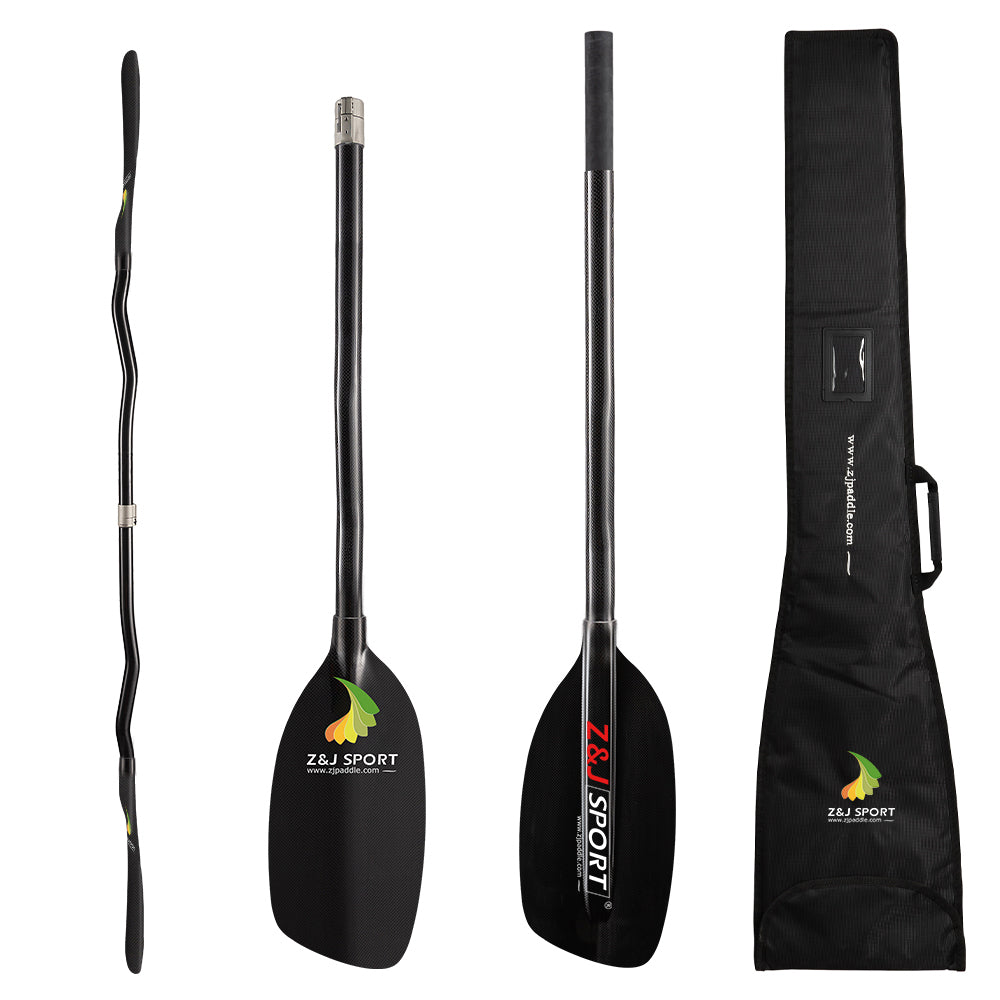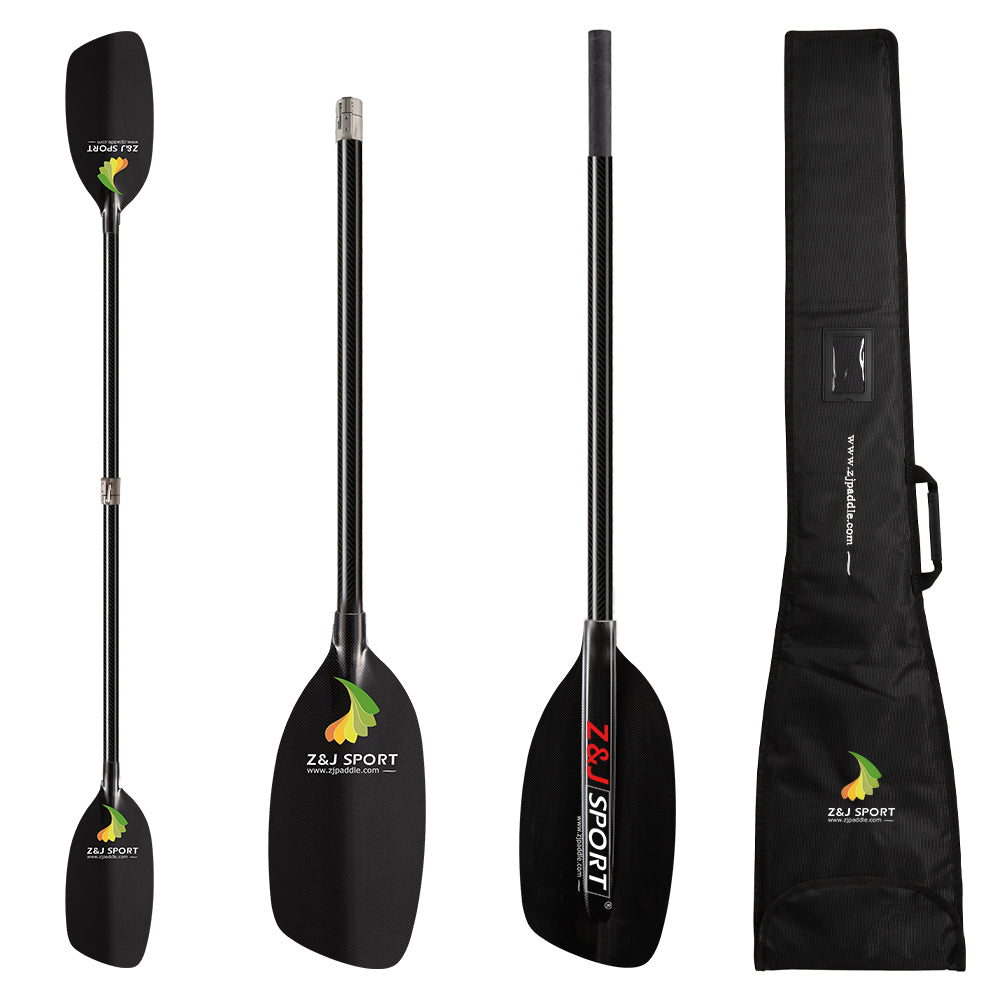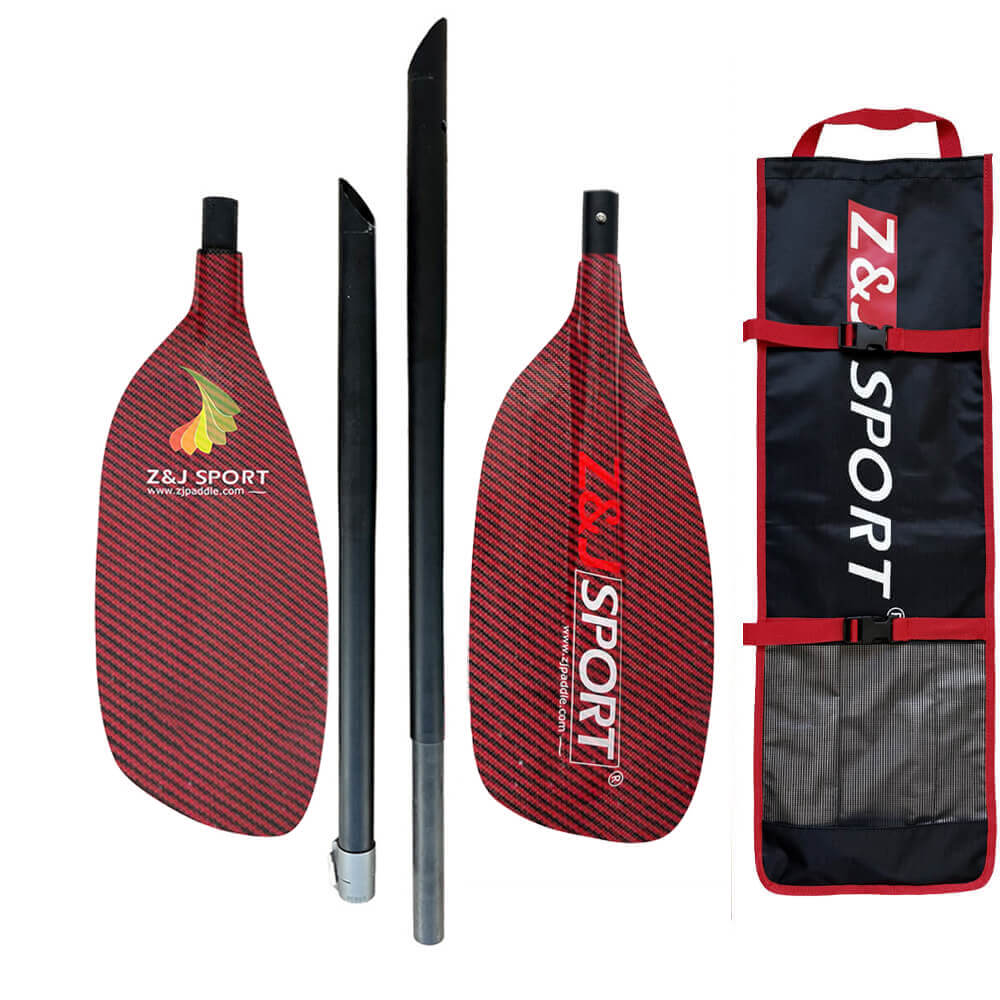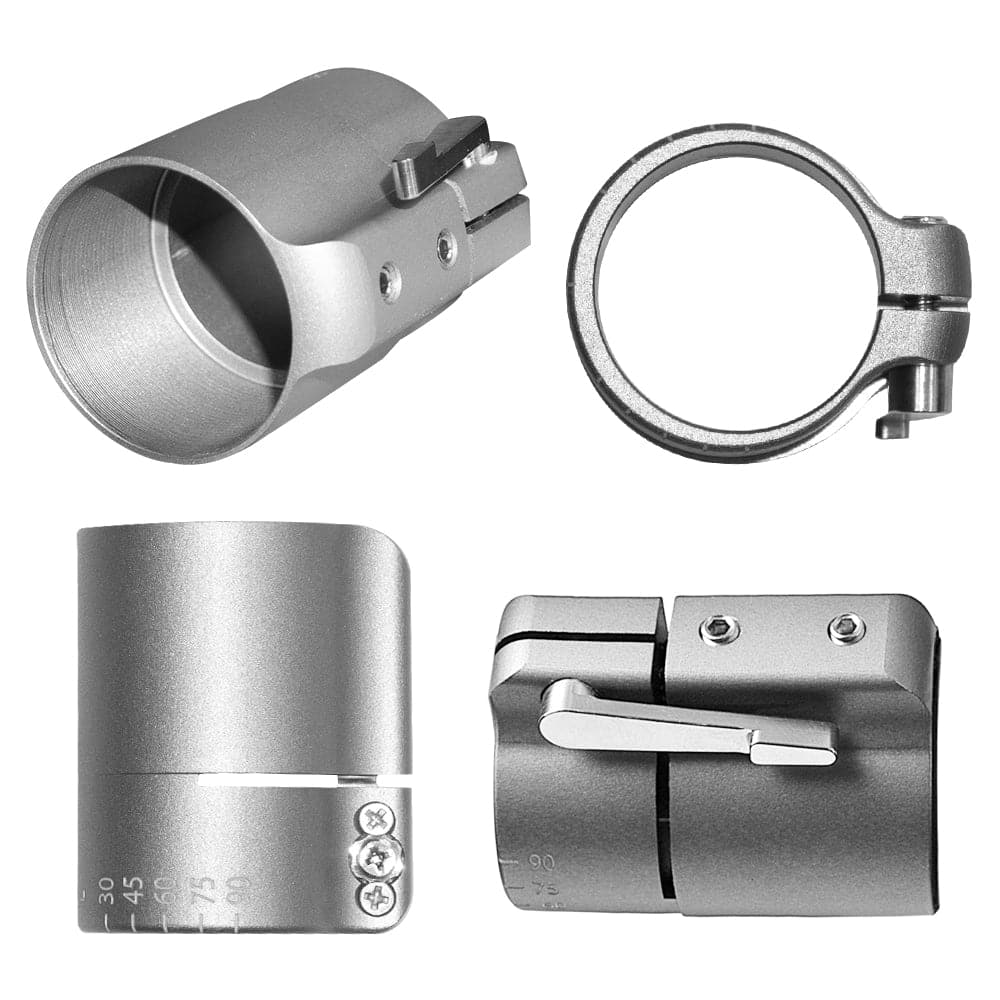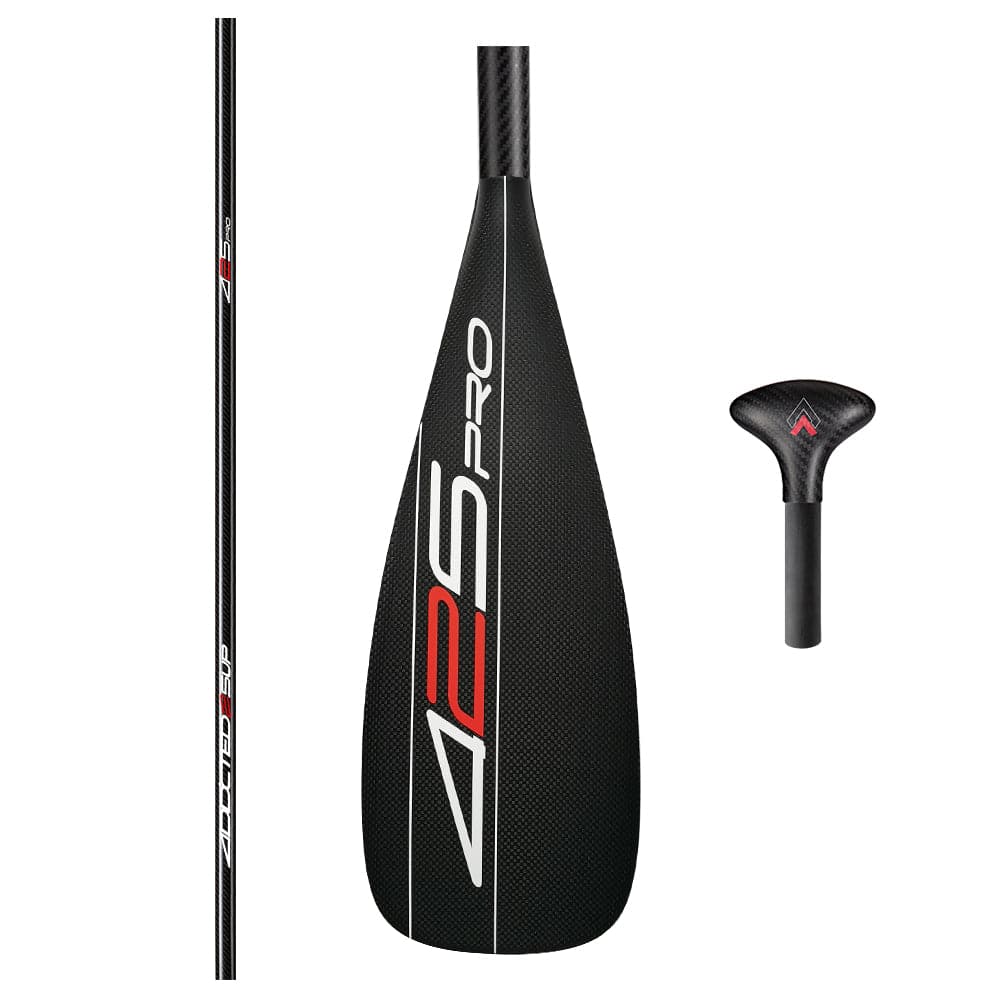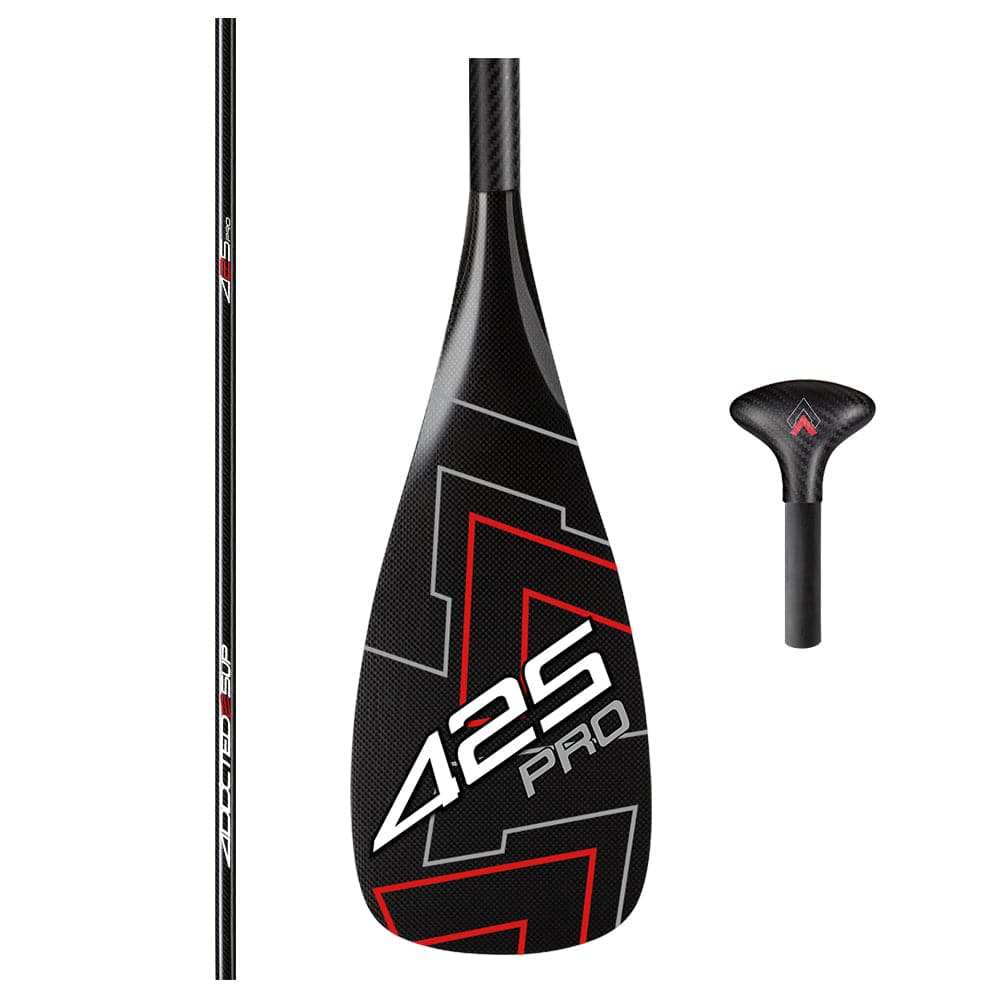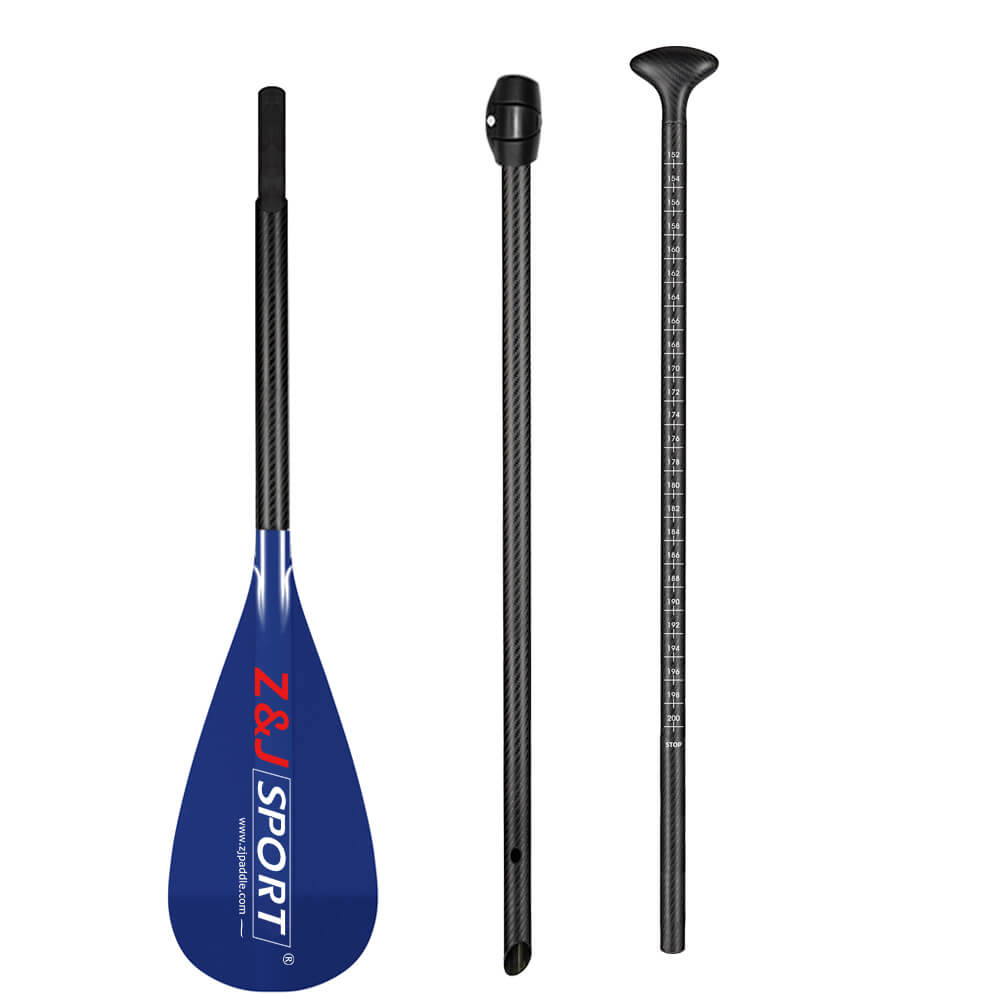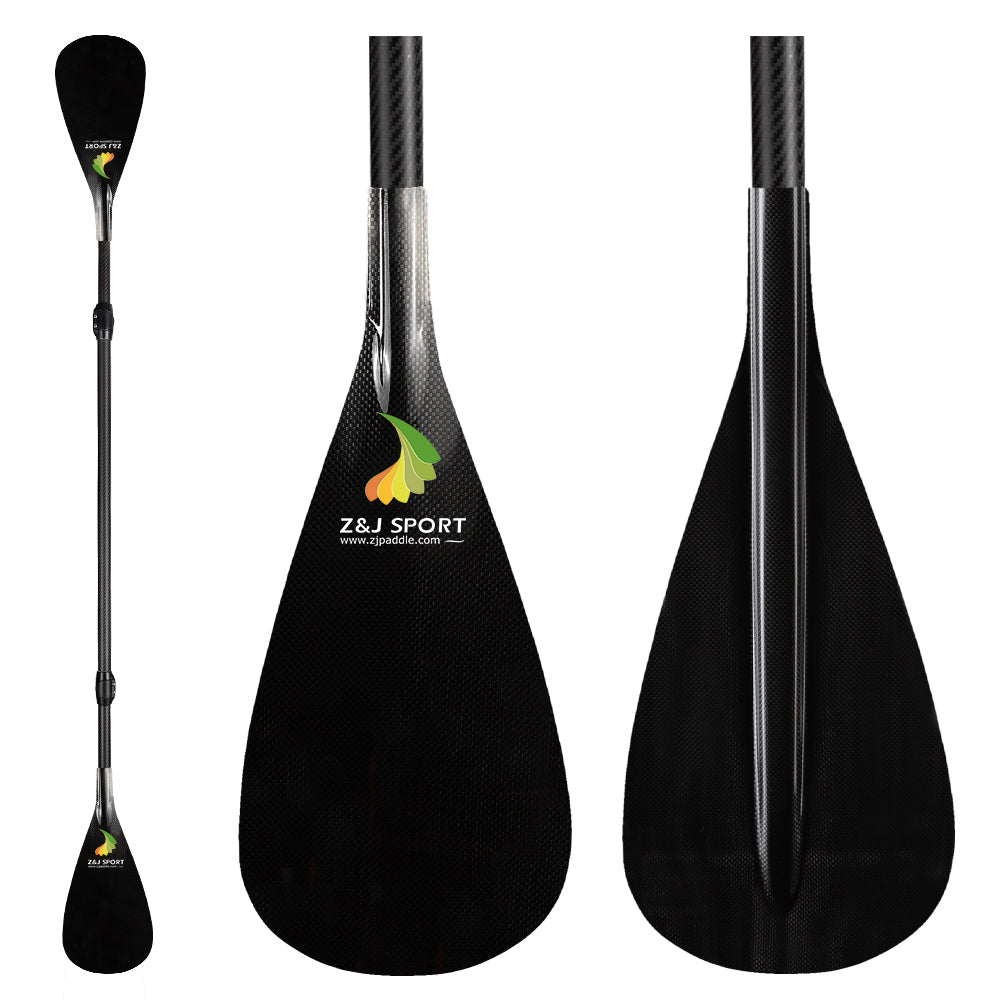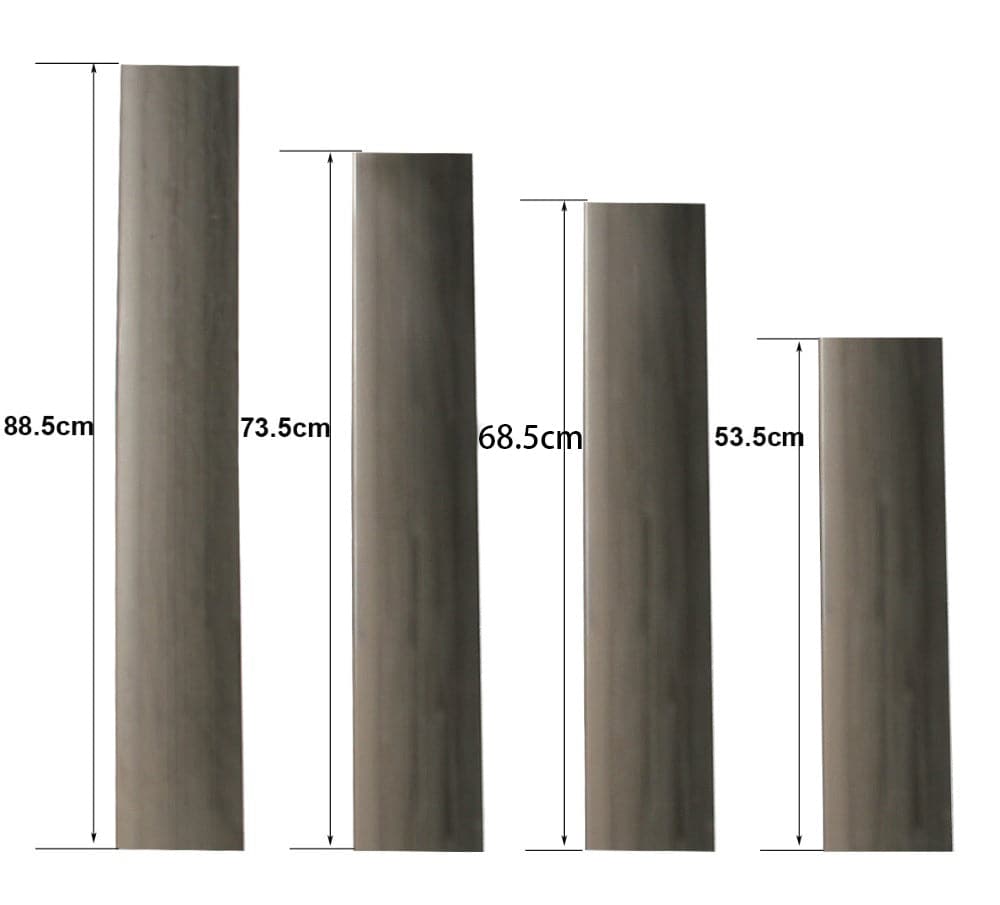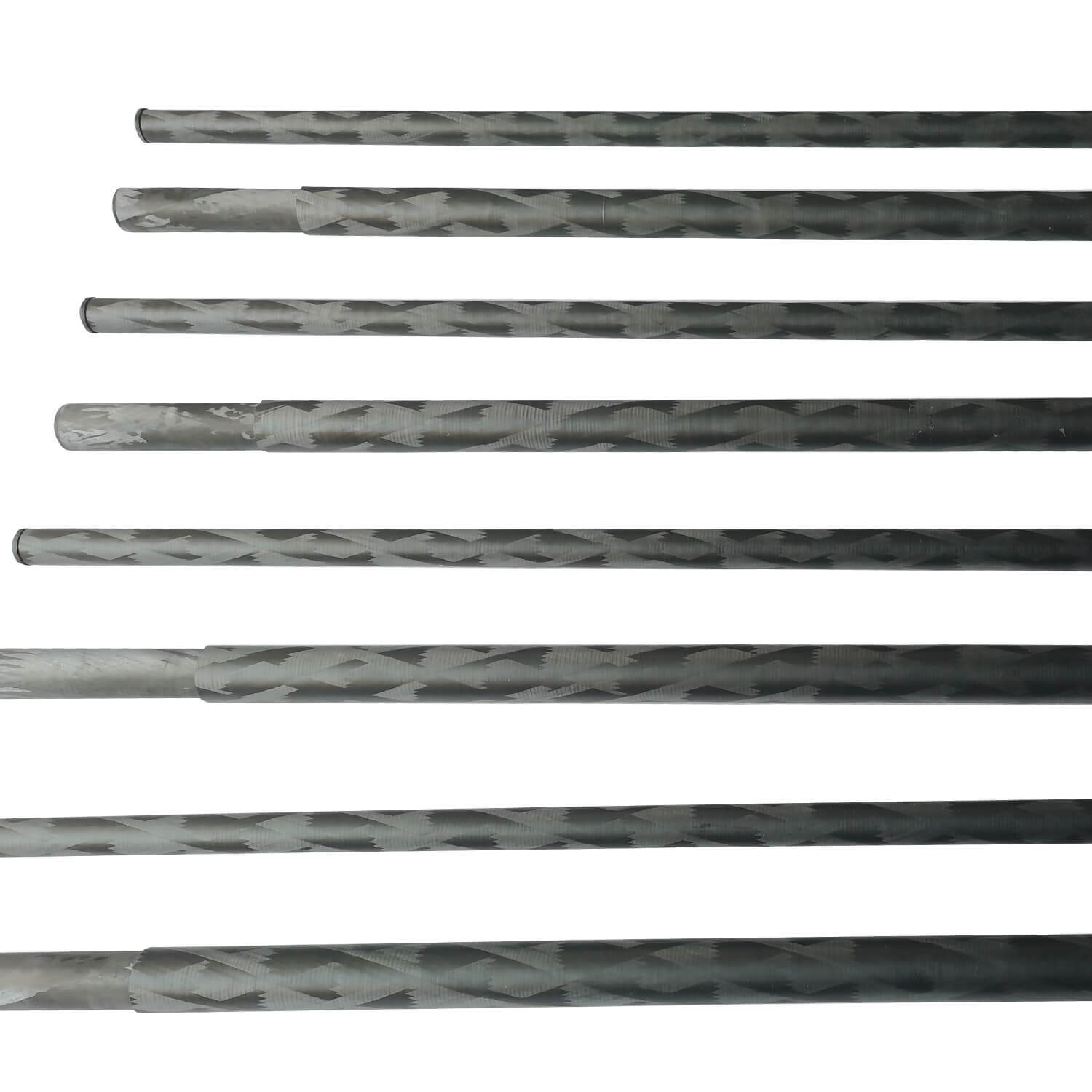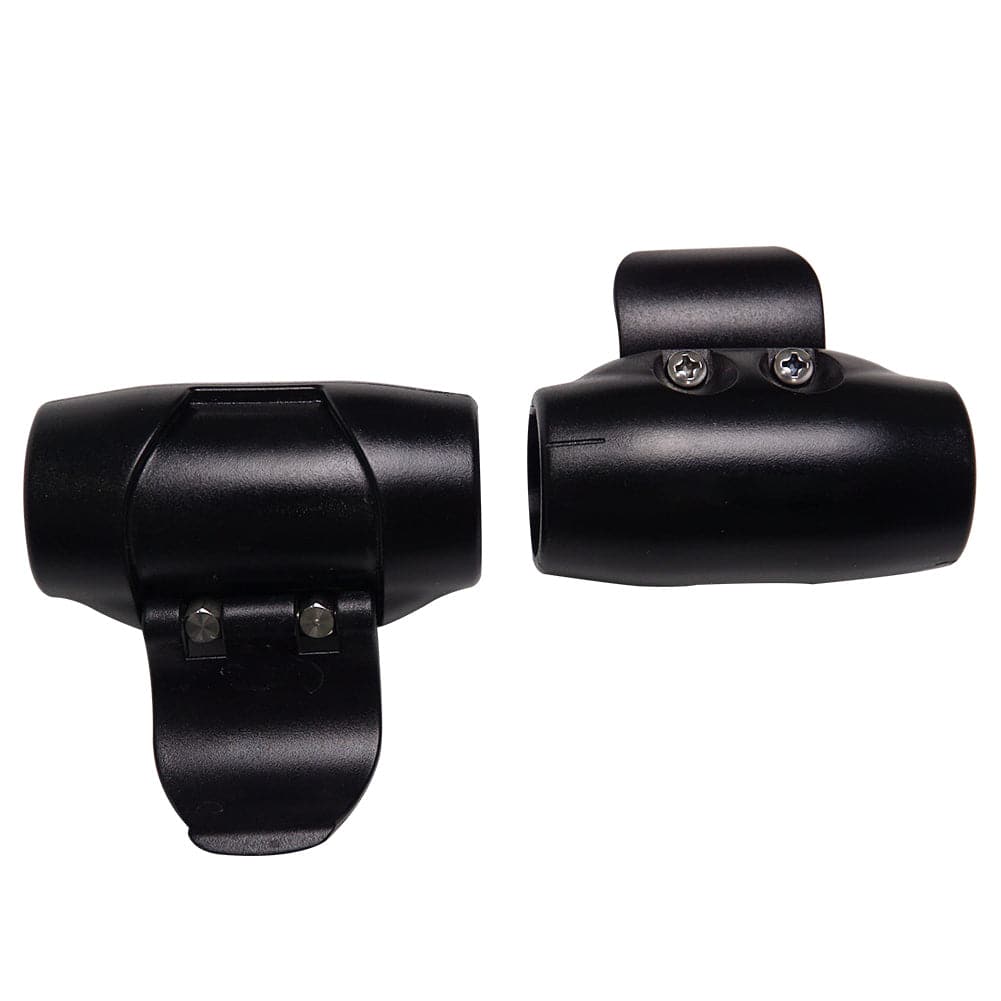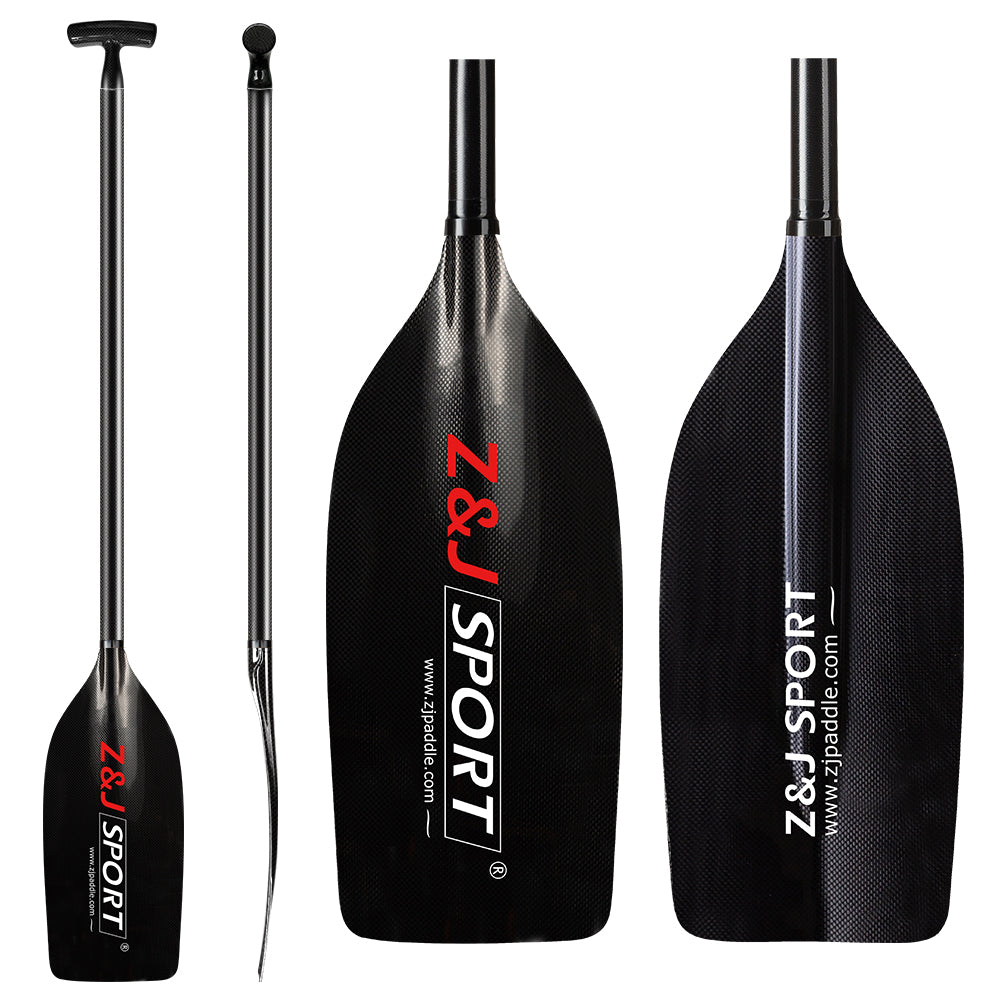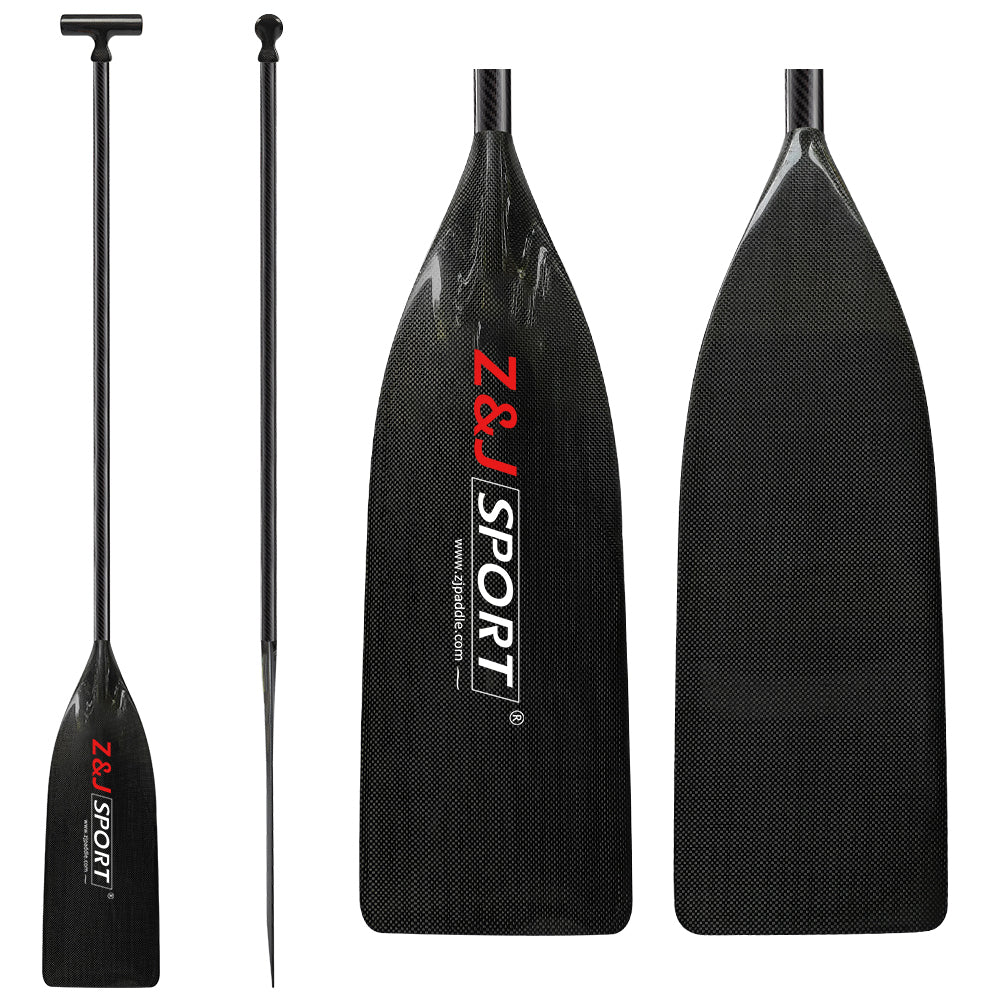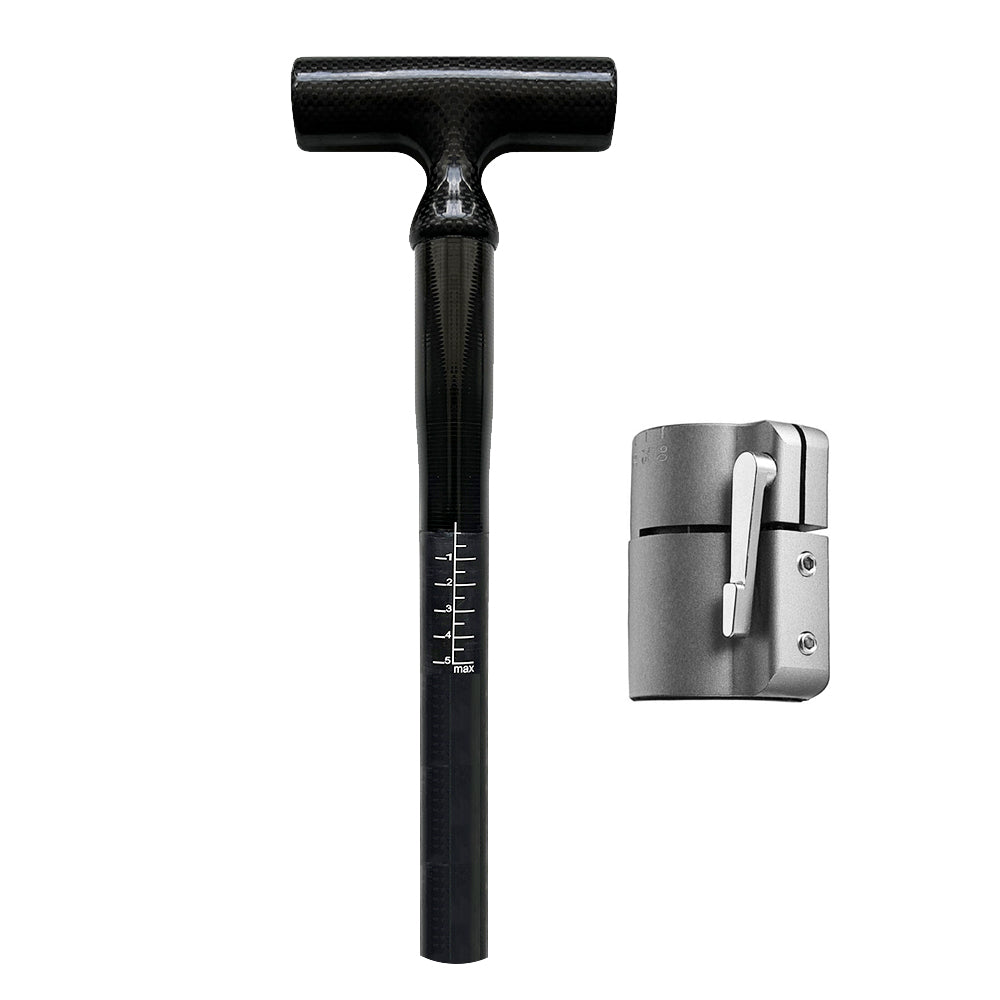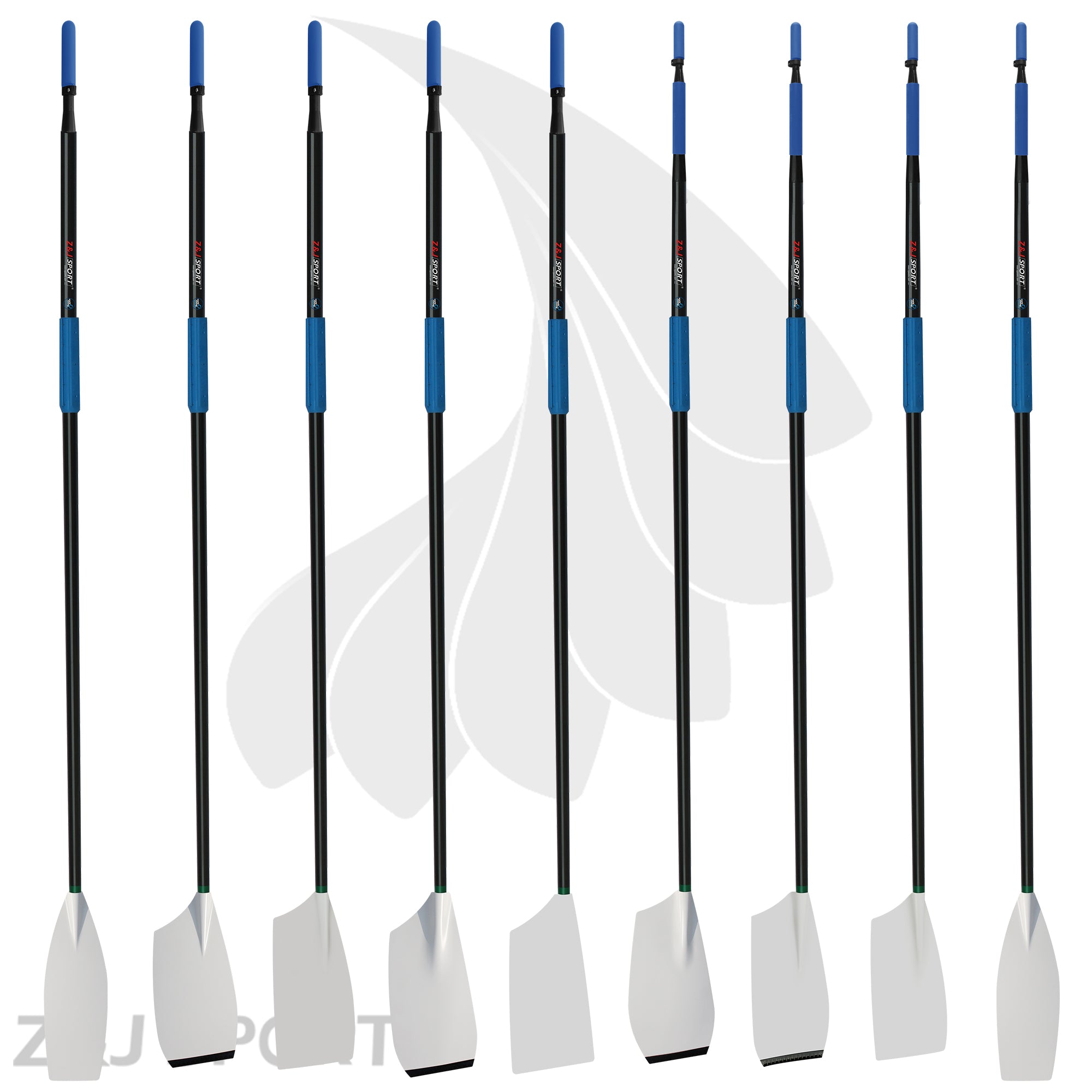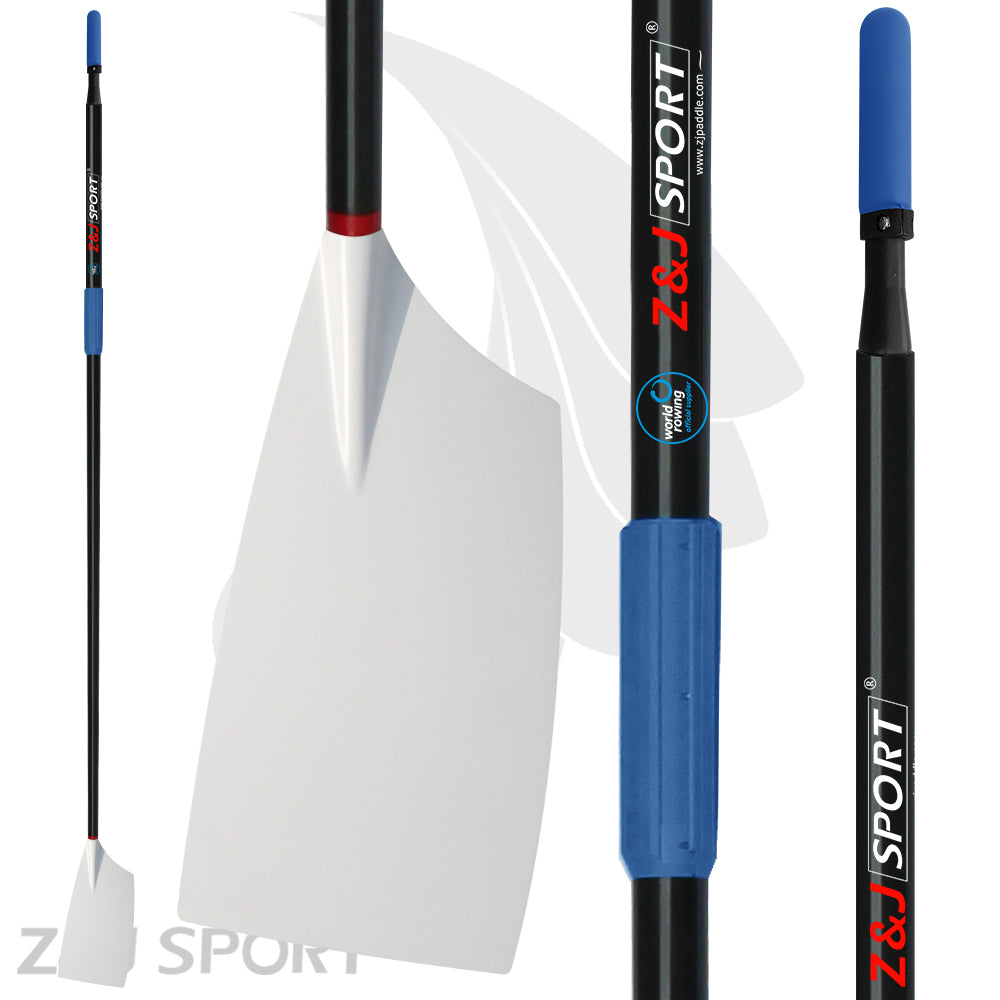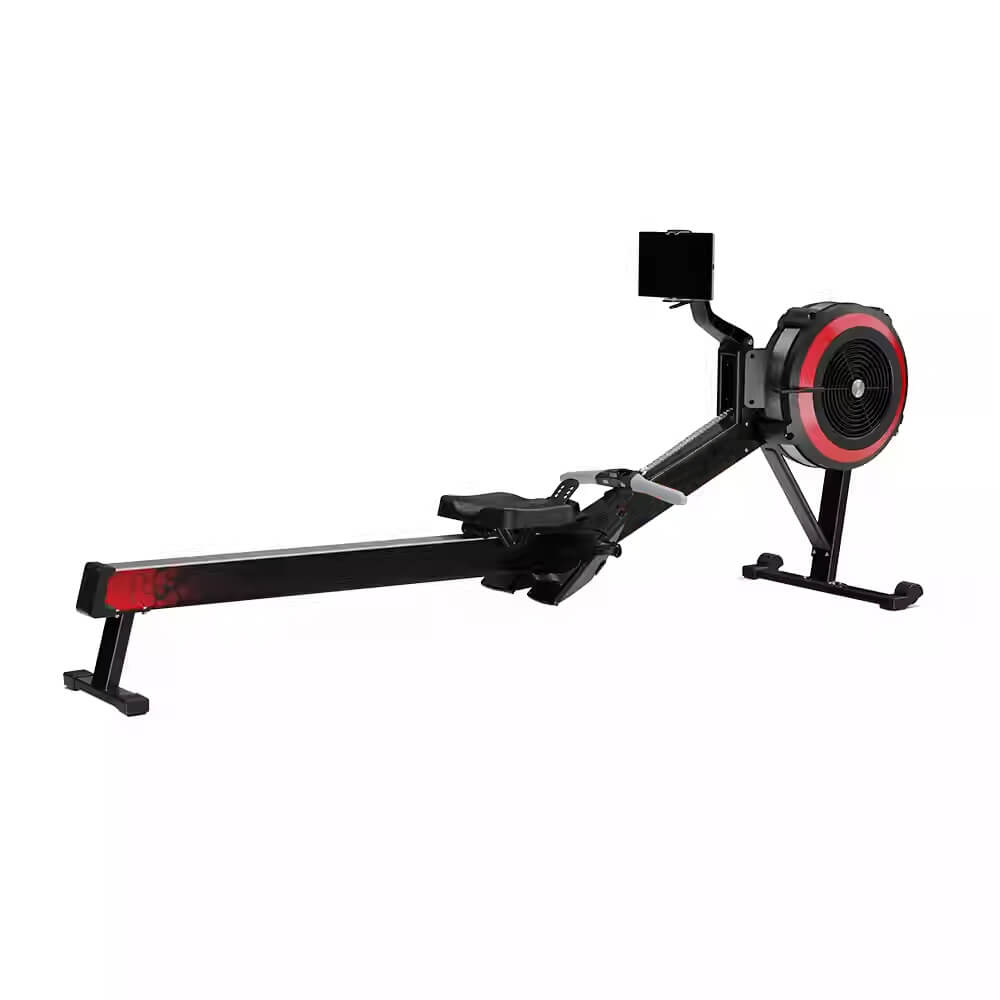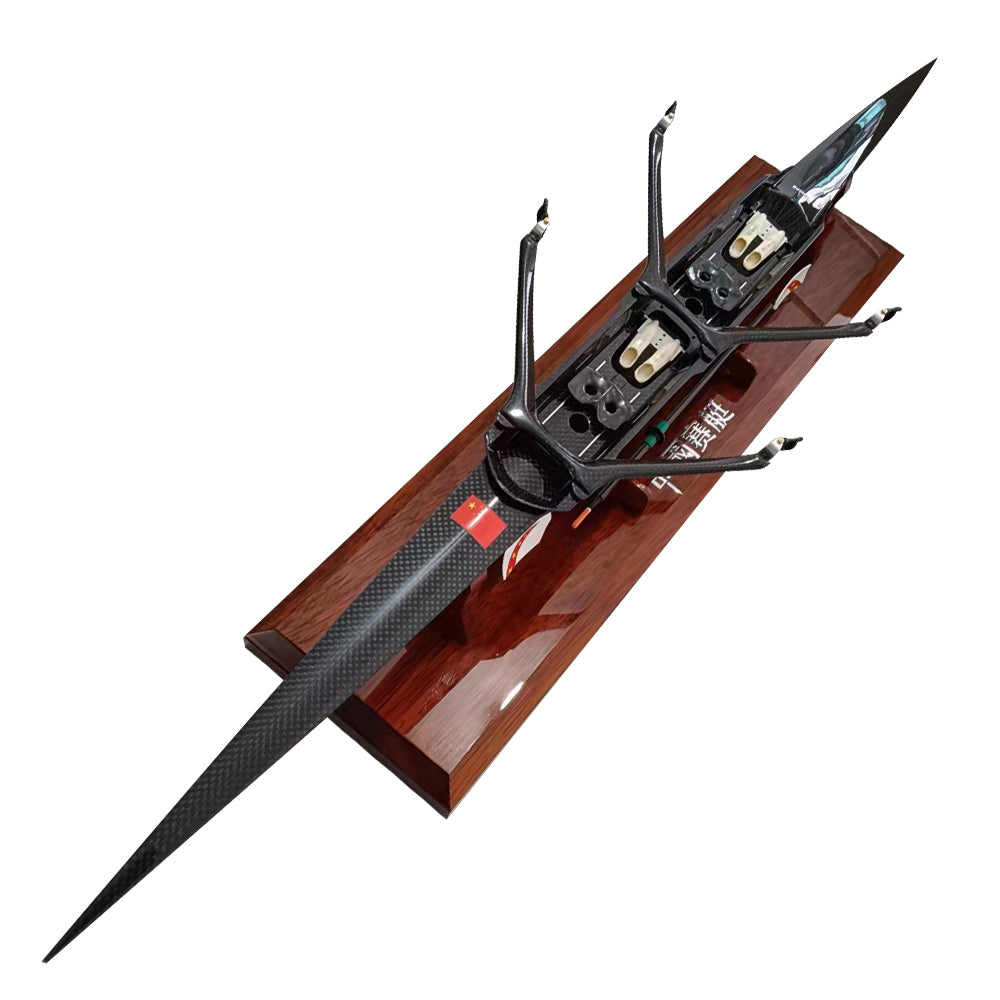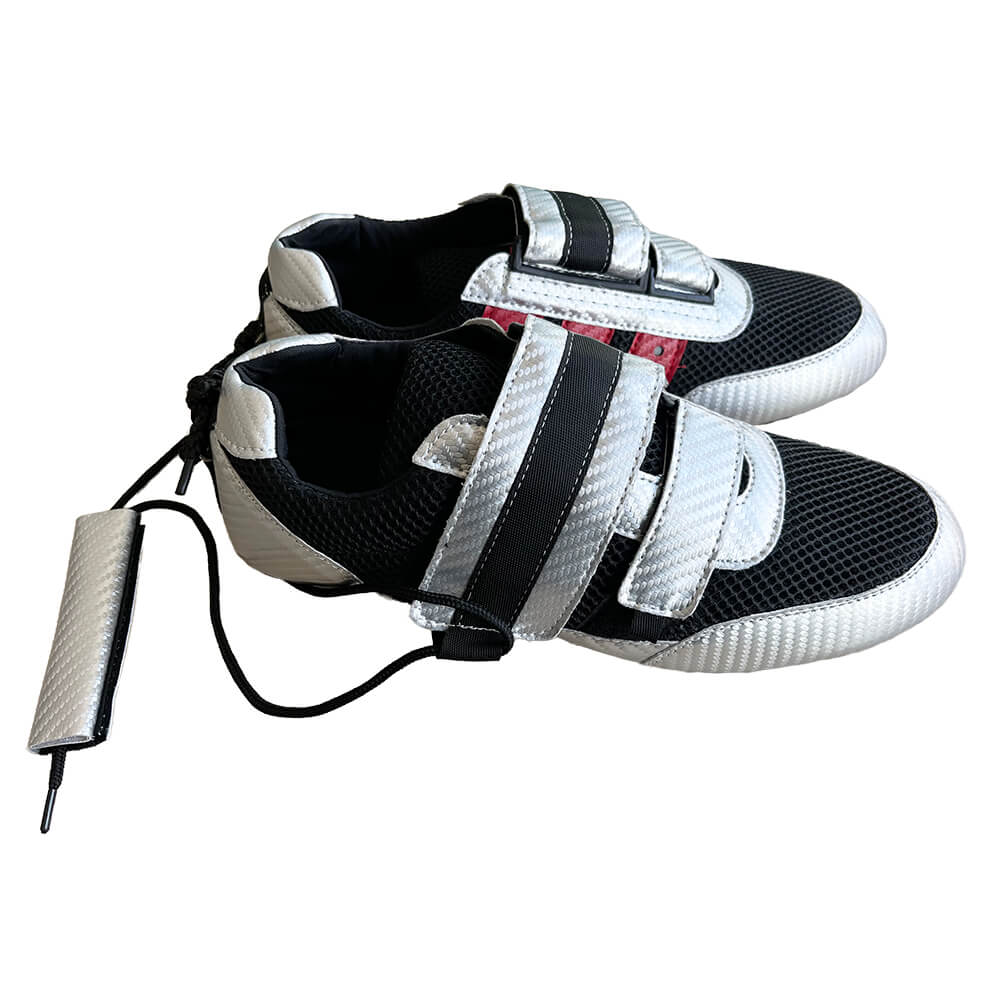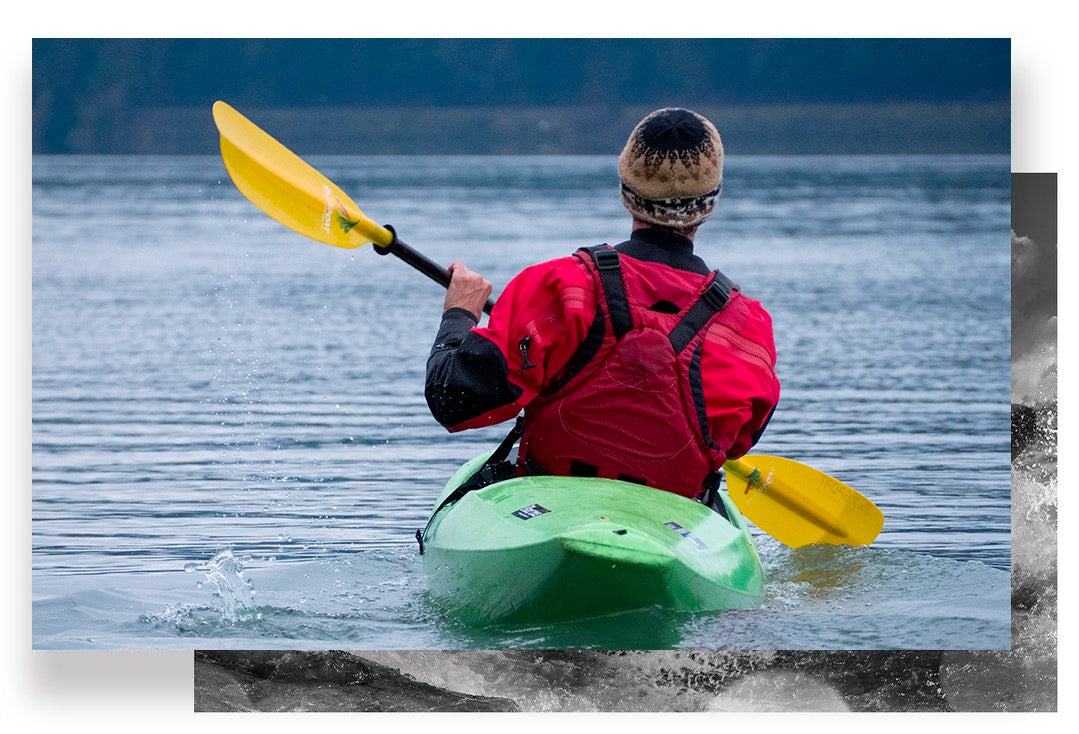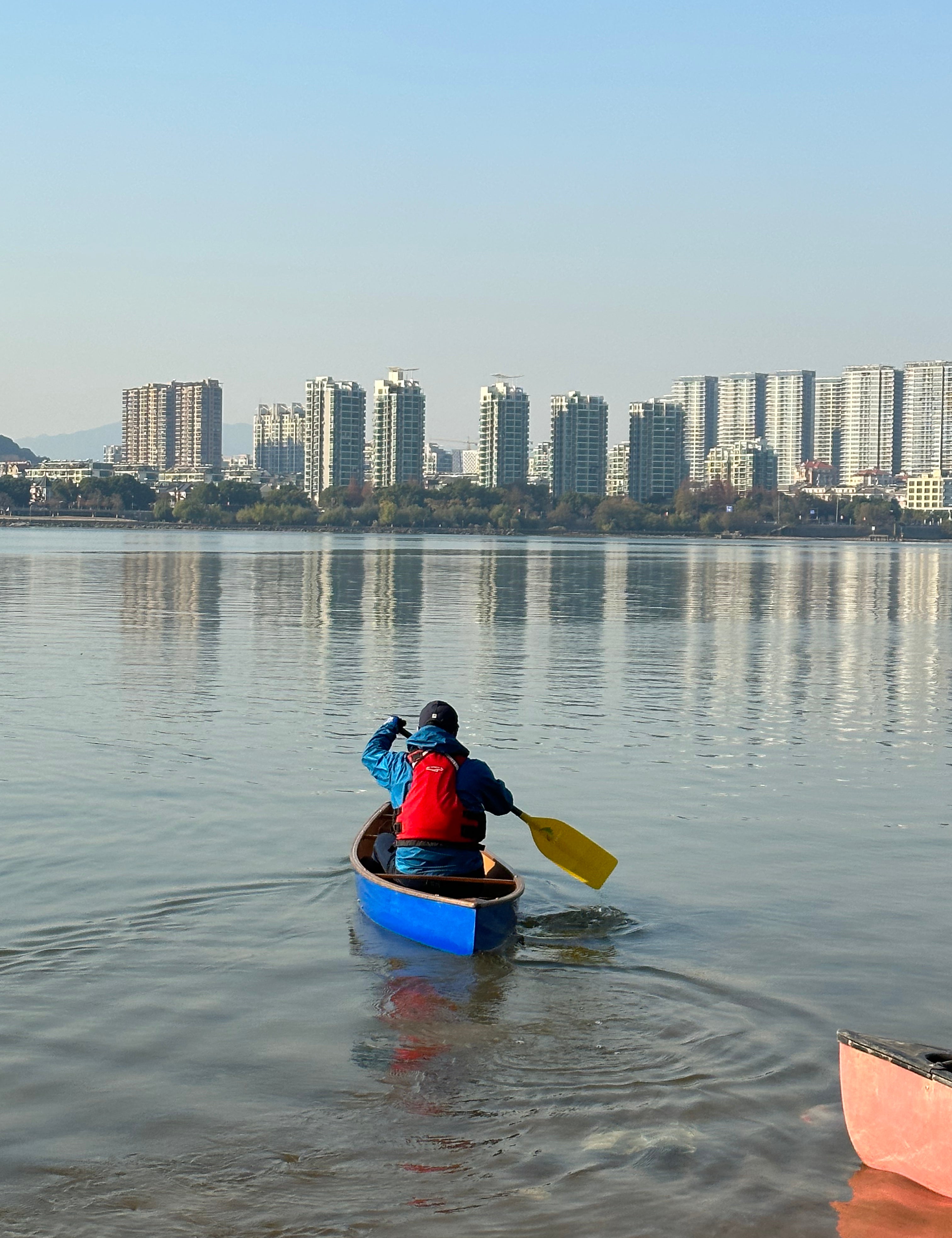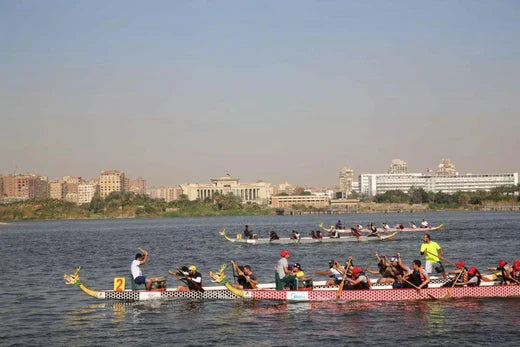There are a lot of things to know about kayaking, and just as many things to understand about canoeing. But basically, it all boils down to seven key differences.
Difference #1: Open vs. Closed Design
The biggest difference is in the boats themselves. Canoes are bigger and heavier, with a wide frame and open top — similar to a rowboat — designed to carry multiple passengers and more gear. Kayaks are smaller, sleeker boats designed for speed or recreational purposes, such as whitewater rapids, open-water sea paddling or river tours.
There are a few different types of canoes, but what you’ll typically see trolling around the lakes near you is what’s known as a “recreational“ or “Canadian“ style canoe. Generally 13 to 17 feet long, canoes have tall sides and sit higher on the water than kayaks, and the paddler sits on benches or kneels on slats running the width of the beam.
While some kayaks can also be open-top — traditionally known as a “sit-on-top” kayak — the majority are built with a closed cockpit, meaning kayakers “sit inside” the craft with the kayak covering their legs. In essence, while you ride a canoe, you “wear” a kayak.
Kayaks tend to be more versatile — with different types of kayaks designed to suit different needs. However, both canoes and kayaks today are stable and water-worthy, made from quality, durable plastic, fiberglass or even wood or Kevlar.
Difference #2: Seating and Comfort
Because of its open-top design, climbing aboard a canoe is generally easier than getting in and out of a kayak — it’s as simple as stepping on board. Paddlers can use the canoe’s sides or a nearby dock to steady themselves, and stand up once inside.
Getting into a kayak is generally a little trickier, requiring the paddler to slide their legs inside the cockpit, maintaining balance so as not to tip the boat.
Once inside, however, kayakers might argue for the snug, one-piece feel of a kayak that offers a bit more control and ease of paddling than a canoe.
Kayak cockpits can be configured with back support — a feature that might appeal to paddlers looking to do extended day trips — but in general, a canoe will offer a more comfortable ride simply because of the greater freedom of movement allowed by the open-top format. While a kayaker is essentially “confined”to a cockpit, a canoe paddler can move about at will.
Difference #3: How to Paddle
While a canoe might be a bit more comfortable than a kayak, the great tradeoff is in paddling.
Because canoes are bulkier and heavier, they take more effort to paddle, often requiring two people. In general, the learning curve for paddling a canoe is steeper at first than for a kayak.
Kayak paddles have a blade on each end designed for use by a single paddler, while canoe paddles are shorter, with a single blade designed to dip straight into the water and a knob or “T” at the other end. Users grip the canoe paddle with one hand in the middle for power and the other at the knob end of the paddle for control. Two people alternate strokes to keep the canoe tracking straight — which often is easier said than done.
On a kayak, the paddler grips both hands in the middle of the paddle, dipping each end alternately into the water. Kayak paddles often come with blades offset at a 90 degree angle from each other, cutting down on wind resistance and allowing the kayaker to easily get the blade into the correct position while switching sides.
Difference #4: How Wet Will You Get?
Well, that depends.
In general, a canoe will keep you dryer than a kayak by virtue of the fact that you are sitting higher above the water. But out in open water or high waves, a kayak might fare better.
That’s because a kayak’s closed cockpit keeps water out, meaning even the roughest waves simply wash over the boat. A kayak can also be outfitted with what’s known as a spray skirt, a piece of fabric or rubber fitted over the top of the cockpit to prevent water from seeping in.
While a canoe is undoubtedly harder to capsize than a kayak — though they’re both pretty stable, honestly — a kayak has the advantage of being able to be righted in the event of a rollover. Safety techniques such as the “Eskimo roll” are recommended learning for kayakers looking to do extended touring or sea kayaking. If executed properly, it can mean the difference between a ruined weekend and a bump in the road.
With a canoe, if you do manage to flip it, let’s just say you’re up a creek.
So, will you get wet on calm waters in a kayak? If you’re a careful paddler, probably not. In the event of a little water splashing into the boat, however, it’s advisable to carry a bilge pump.
Difference #5: Stability and Maneuverability
In general, a canoe will be more stable than a kayak, but a kayak will be faster and easier to maneuver.
This is because a kayak generally is narrower and built with the bow and stern slightly curved upwards — known as “rocker” — meaning less of the hull is actually in the water.
Less hull in the water (and thus, less water to be displaced) means less resistance when paddling. Many kayaks also come with built-in rudders and skegs to aid in steering, and because of the lower center of gravity, less effort is needed with each paddle stroke.
Tracking — moving in a straight line — is also arguably easier in a kayak vs. canoe. Because kayak paddles are double-sided, it doesn’t require the kayaker to shift body position to keep the kayak straight. In essence, a single kayaker has complete control of the boat, meaning kayaks will generally get you where you want to go with little hassle.
Canoes, on the other hand, have the advantage when it comes to stability, for the opposite reasons. A canoe’s wider hull generally allows for greater stability on calm waters, allowing the paddler to move about the boat without fear of tipping. Honestly, though, both modern kayaks and canoes are quite stable and difficult to capsize.
Difference #6: How You Use It
Both kayaks and canoes can be used for a wide range of activities — fishing, long-distance trips, river paddling and camping — but each does carry certain benefits.
Because canoes offer greater storage space — for both people and gear — they might be a better option for those looking to spend a relaxing day out on a calm lake with a cooler and some friends.
A kayak, on the other hand, is probably better suited to those looking for adventure-type expeditions, such as whitewater rafting, ocean paddling or deep-water fishing.
Both options can be ideal for touring — or multi-day excursions — depending on what type of trip you’re doing. While a canoe can offer a more relaxing adventure along inland rivers and lakes, you’ll definitely want a sea kayak if you plan to head for open waters, such as the Great Lakes or the ocean.
While canoes are the traditional choice for those looking to do some napping … err, angling … fishing from a kayak is also an increasingly popular choice. With rod holders, deep wells for gear and even foot pedals in lieu of paddles, modern fishing kayaks are built for those serious about the sport.
In considering whether to buy a kayak vs. canoe, also keep in mind how you plan to transport it. While kayaks can be carried on almost any type of vehicle — with inflatable kayaks and folding kayaks offering even easier transport options — a canoe’s bulkier size requires a bit more planning. Most SUVs can be outfitted to carry a canoe, but you almost certainly won’t fit two on one vehicle.
Difference #7: Storing Your Gear
Carrying gear is a bit different for a kayak vs. canoe. Canoes, of course, offer greater flexibility, with a wide deck capable of storing larger coolers or camping equipment easily within reach.
While kayaks — especially larger sea kayaks — offer more than adequate storage space, that storage is generally below deck in waterproof cargo holds. Most kayaks come equipped with a smaller dry storage well directly behind the cockpit, but accessing gear while out on the water can be a challenge if you don’t plan ahead.
That said, the key word in kayak storage is “waterproof.” In the event of high waves or even a capsize, your electronics, medicine, cellphone or camping gear stands a much better chance of surviving aboard a kayak.
However, portage — carrying the boat over dry land — of gear is often made easier in a canoe, since you don’t need to empty the cargo holds first.


